
National
Arboretum
Washington, D.C.
June 2019


The U.S. National Arboretum is a collections-based research facility and public garden of the U.S. Department of Agriculture (USDA). It is dedicated to the enhancement of the economic, environmental, and aesthetic value of ornamental and landscape plants through long-term, multidisciplinary research, conservation of genetic resources, and interpretive gardens and exhibits.
Established in 1927, the U.S. National Arboretum is part of the Agricultural Research Service (ARS), the principal in-house research arm of the USDA. The ARS conducts research to develop and transfer solutions to agricultural problems of high national priority to ensure high-quality, safe food and other agricultural products. It also assesses the nutritional needs of the American population to sustain a competitive agricultural economy.
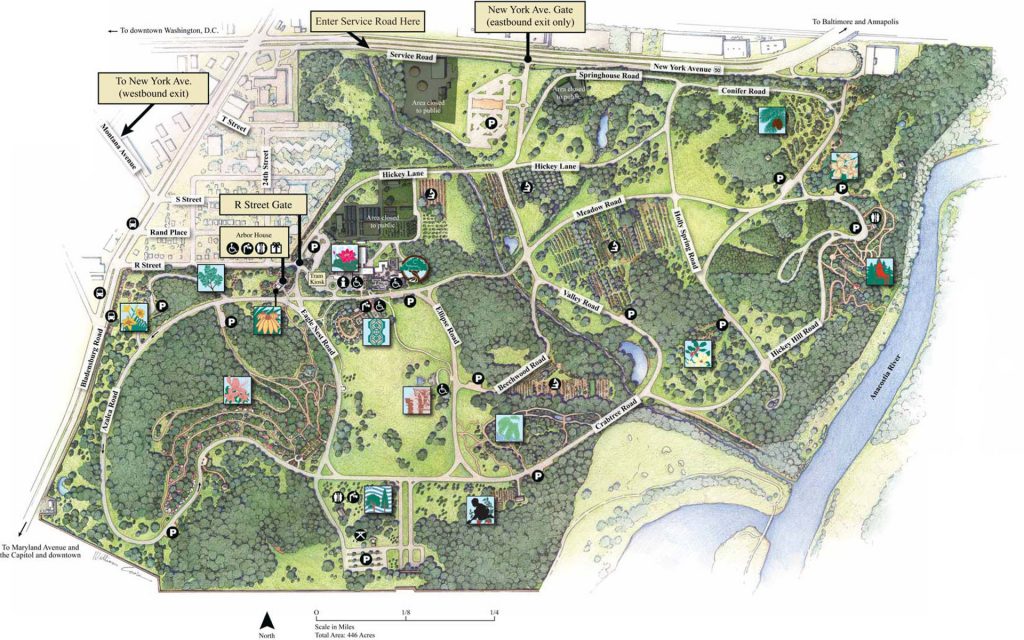
It is about 1-1/2 miles from one end to the other. There are roads with parking areas in each section to reduce walking if you choose.
Start your tour at the Visitors’ Center just to the left of center in this photo.
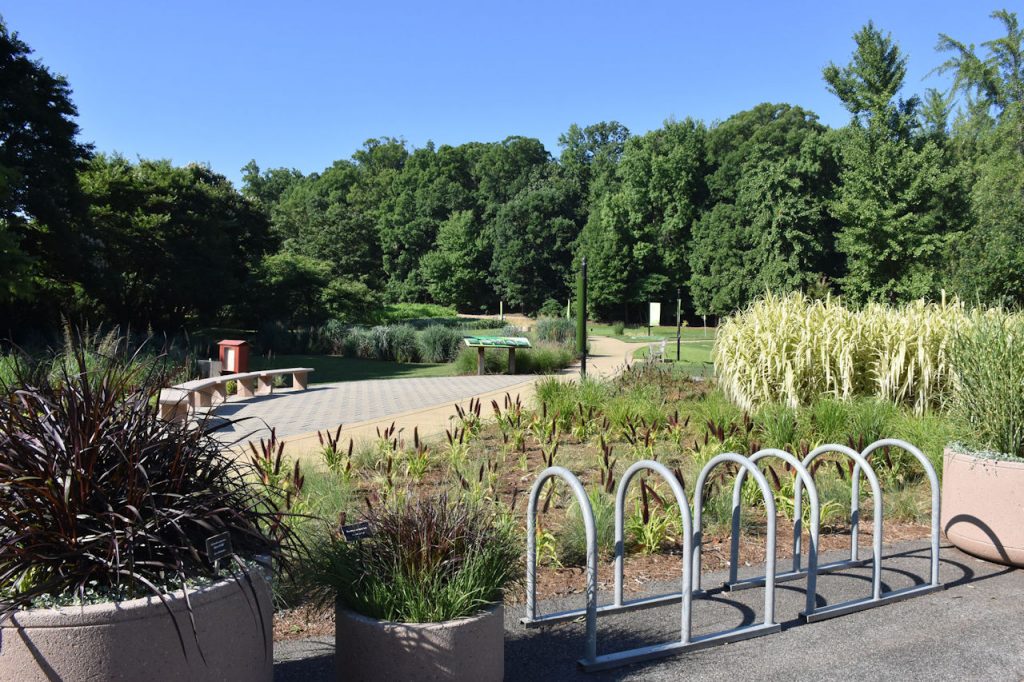
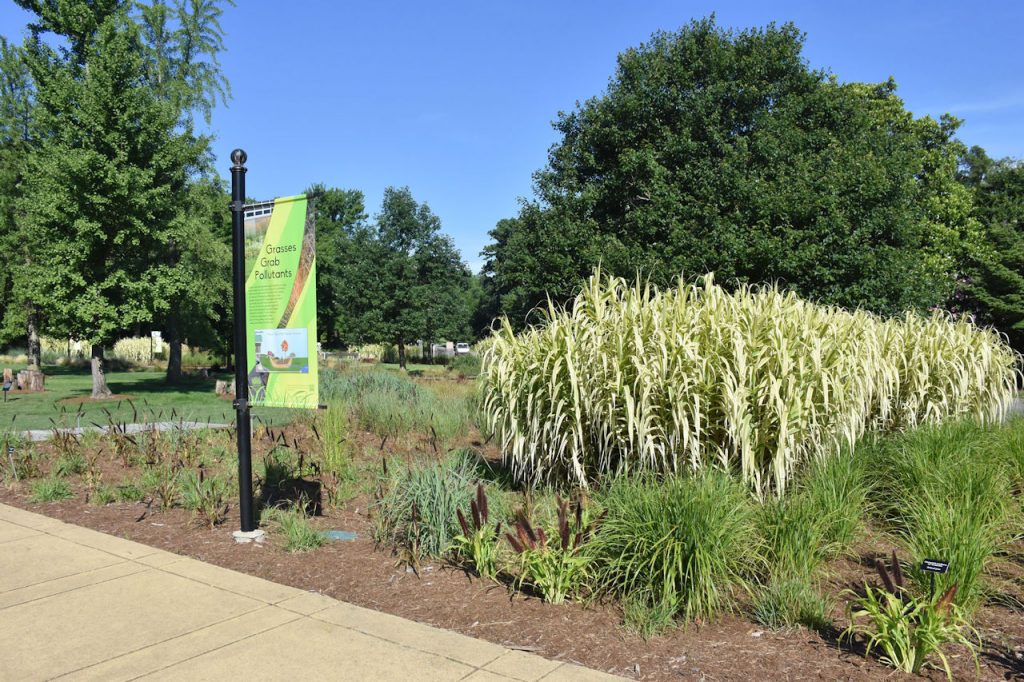
Still in doubt? Decide for yourself at these sites.
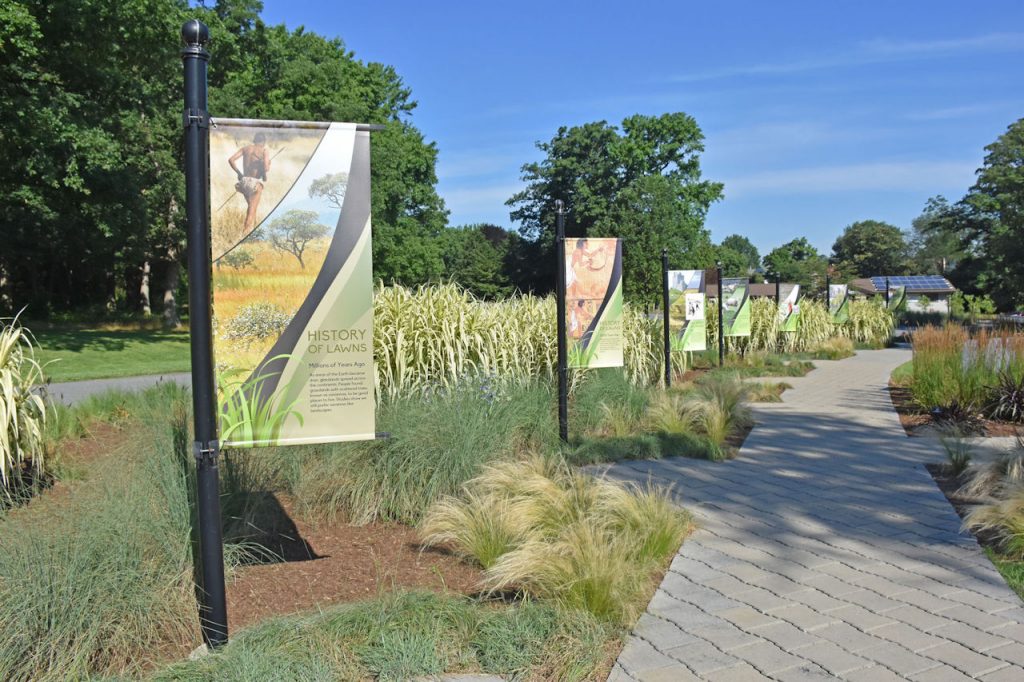
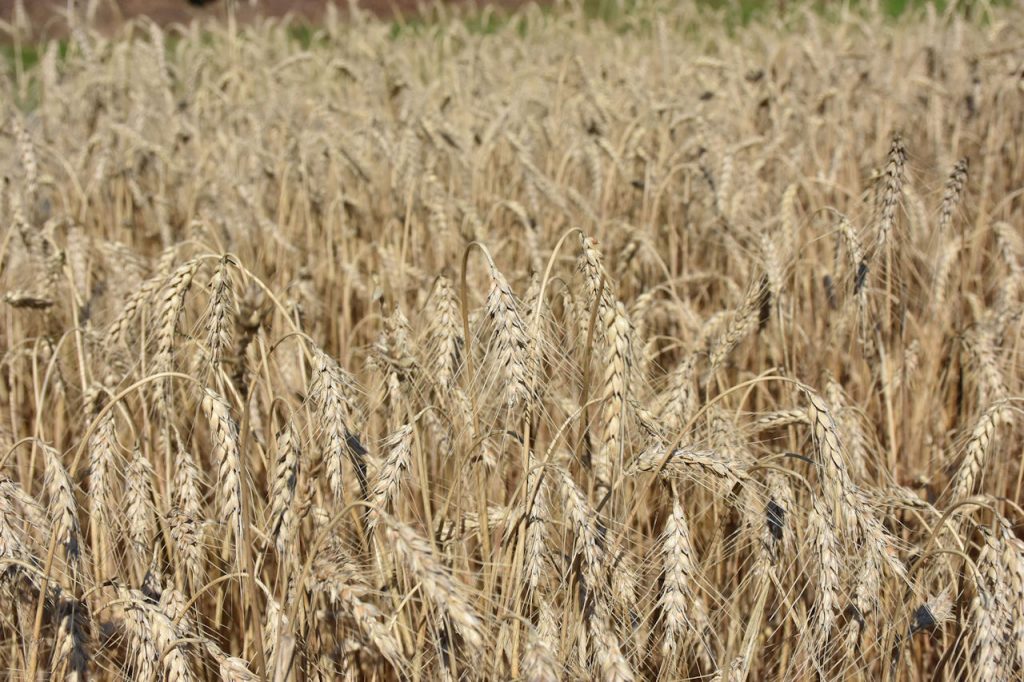
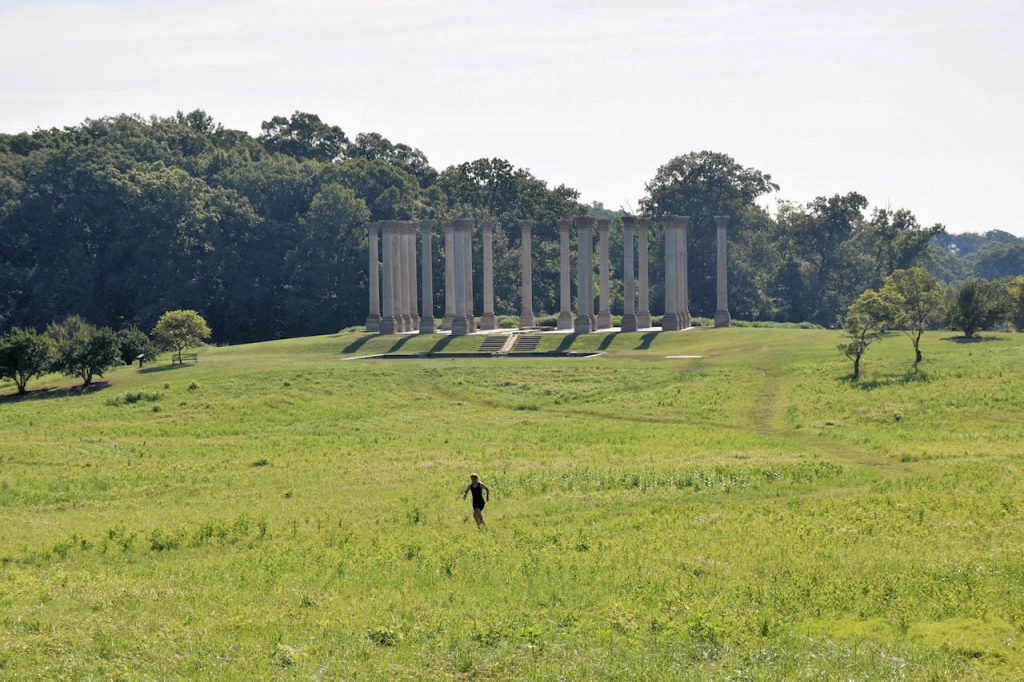
Several joggers were enjoying the miles of trails – just a mile away in each direction is bumper to bumper traffic.
Our next stop on the trail is the State Tree collection shown in the earlier panorama.
We’re looking for the West Virginia and Wisconsin state trees.
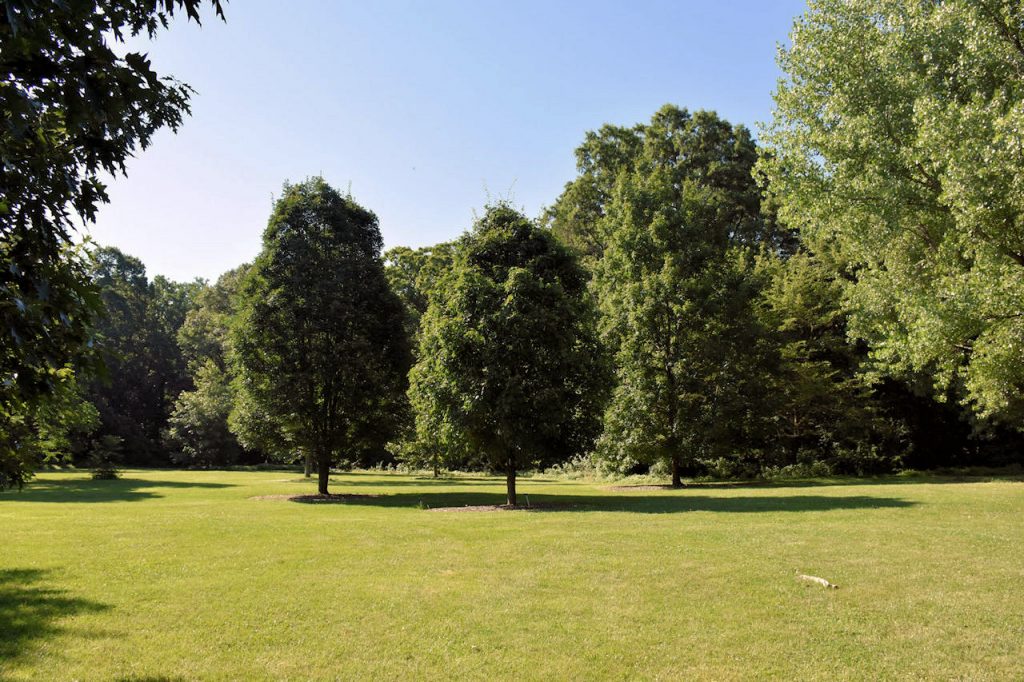
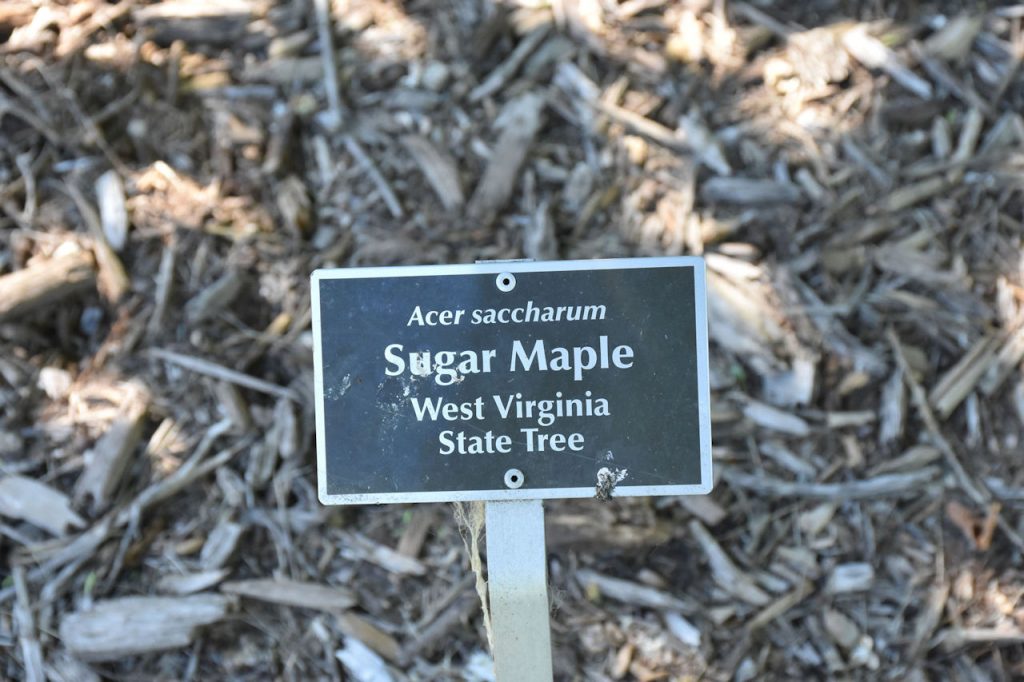
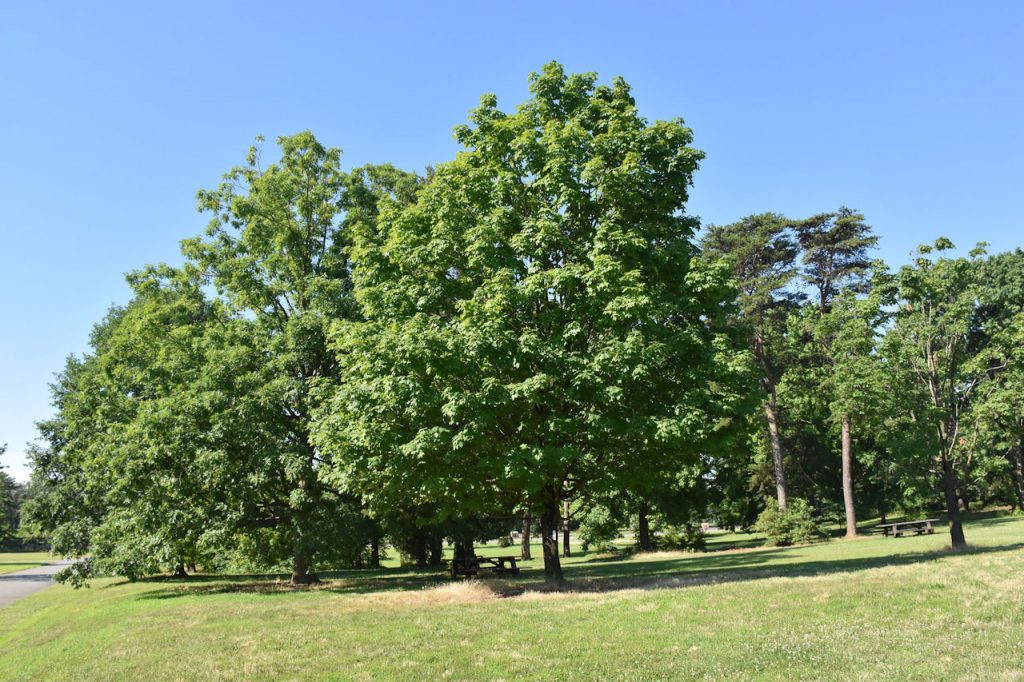
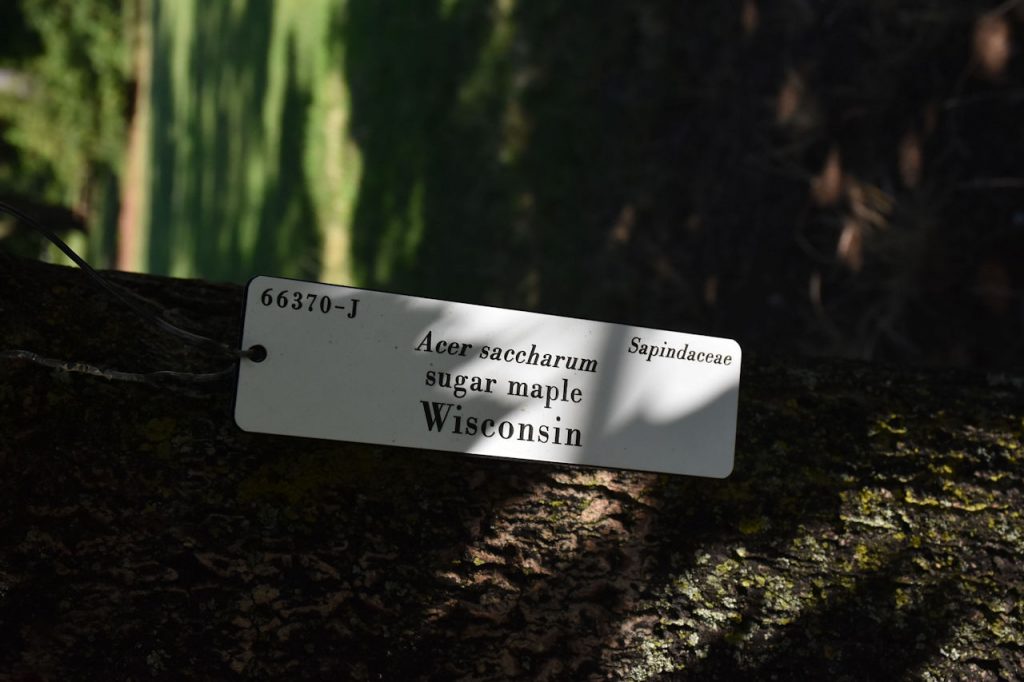
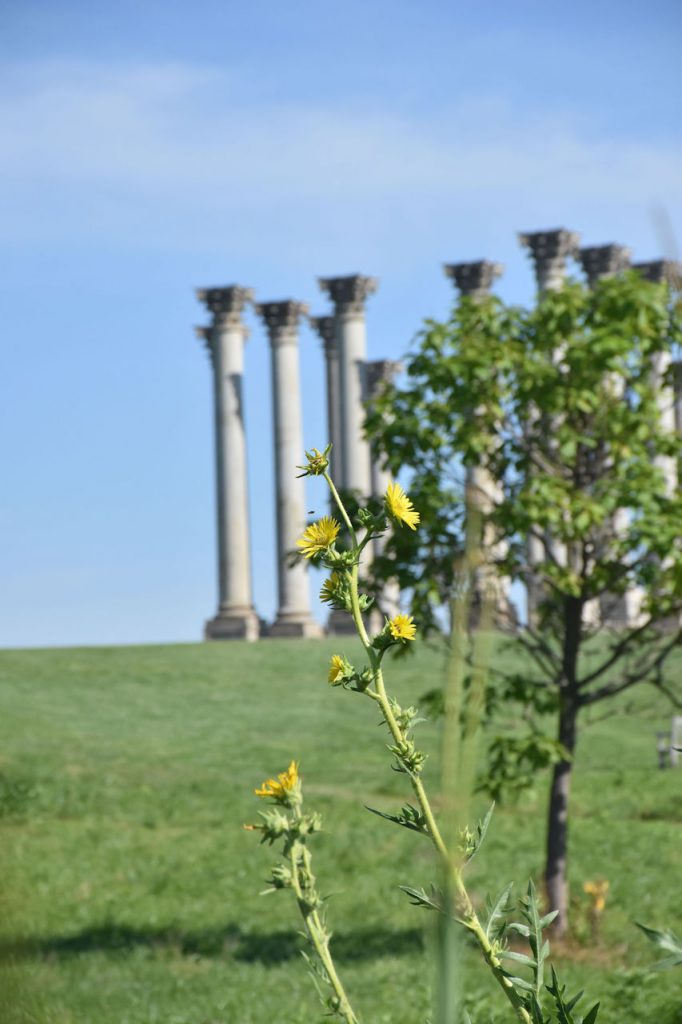
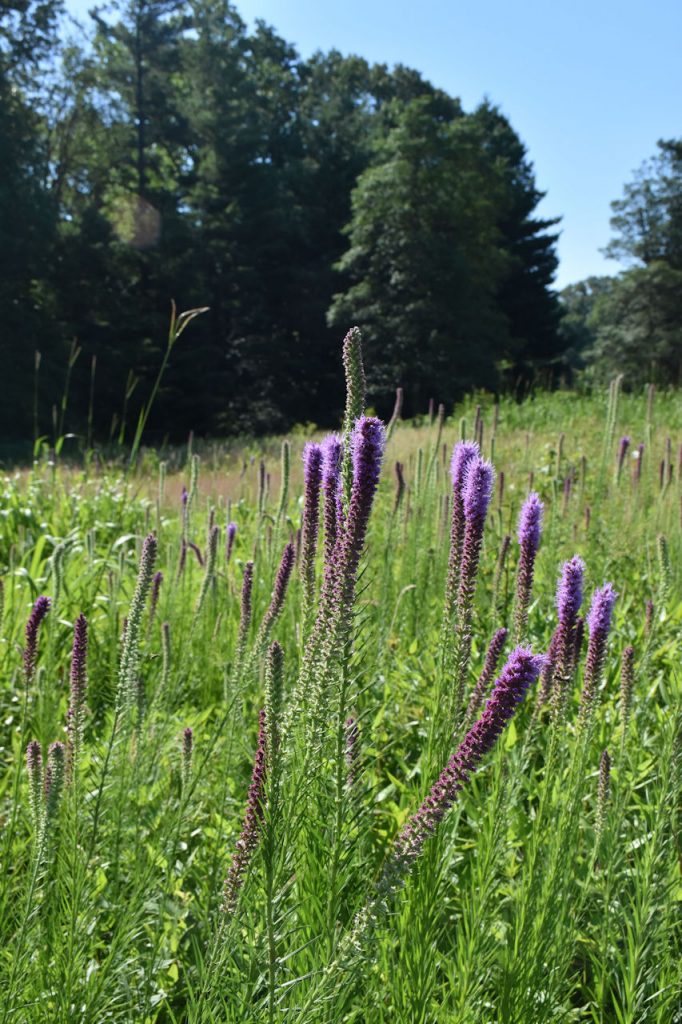
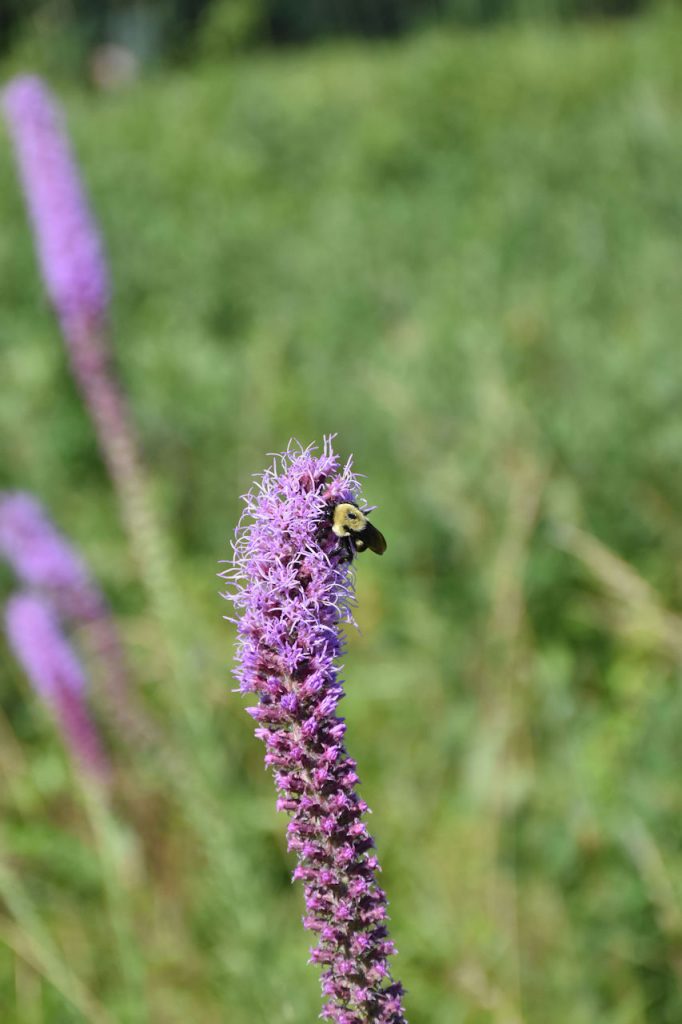
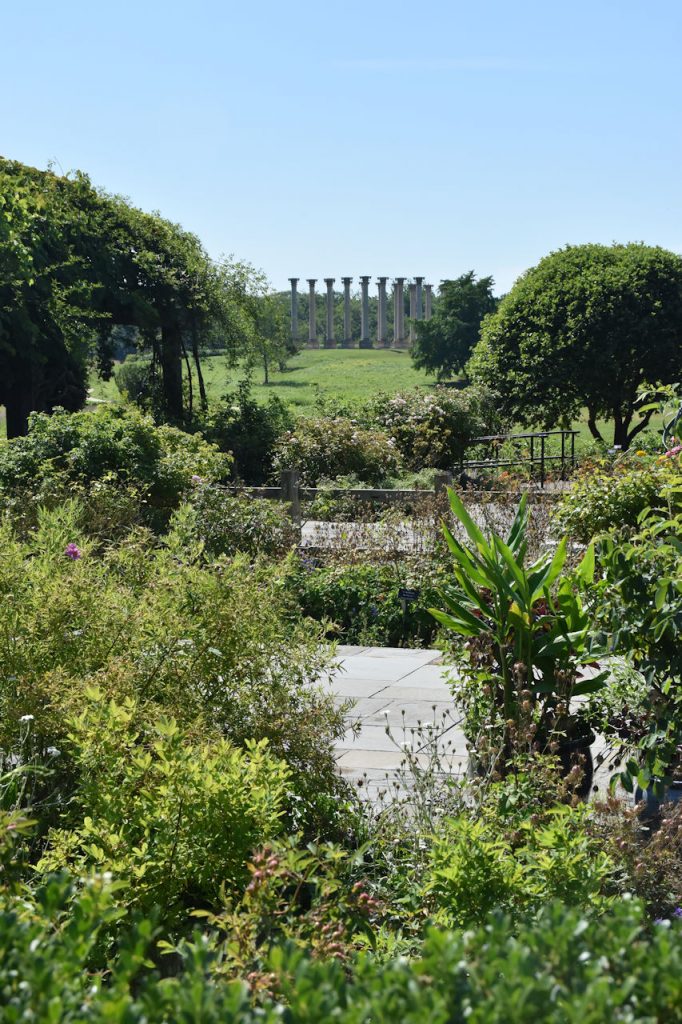
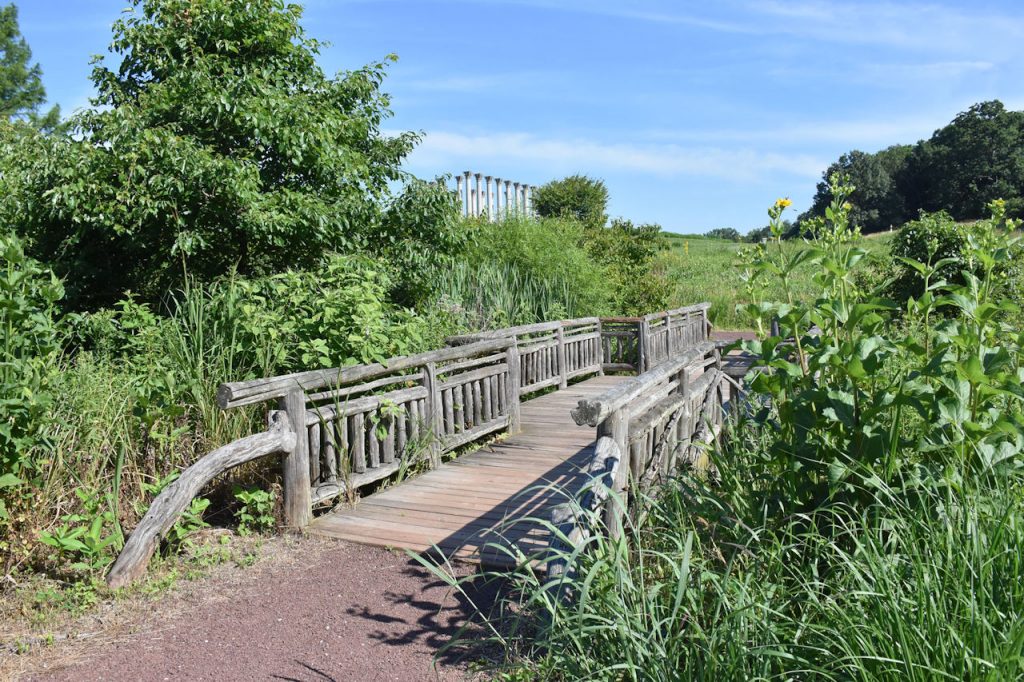
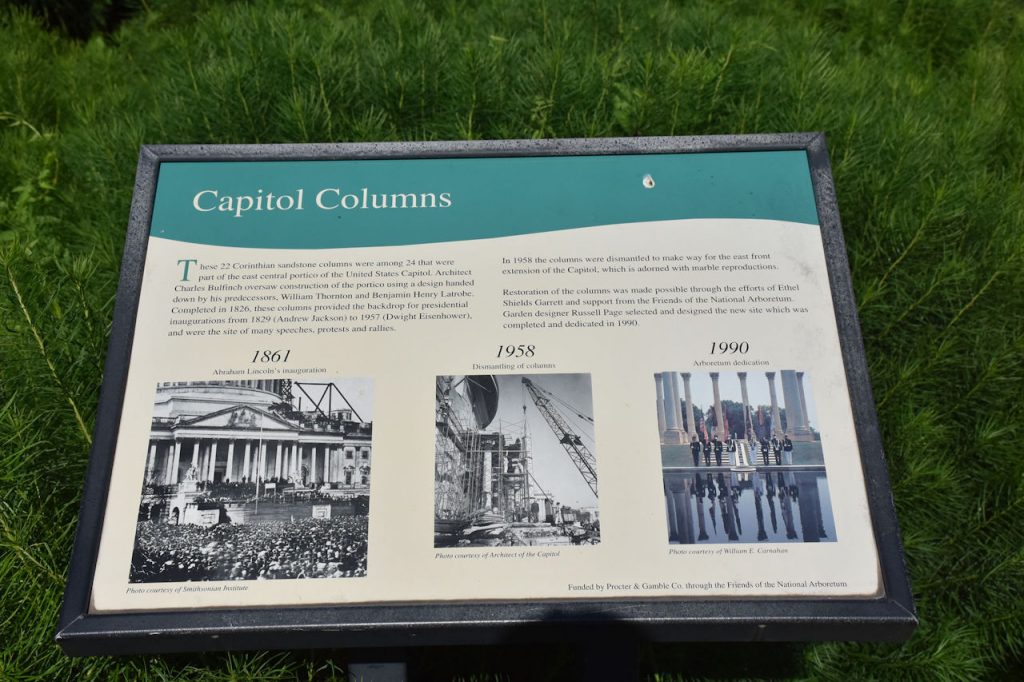
They date from 1826 and were in the photos of presidential inaugurations from 1829 (Andrew Jackson) to 1957 (Dwight Eisenhower) – including Abraham Lincoln’s inauguration in 1861. Lots of history here!
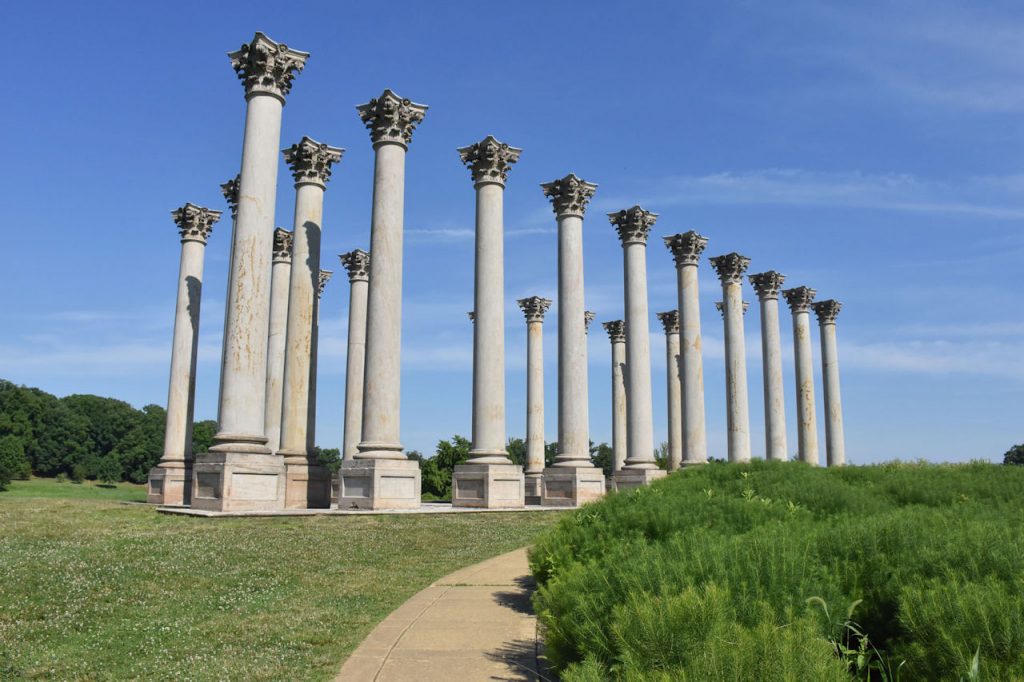
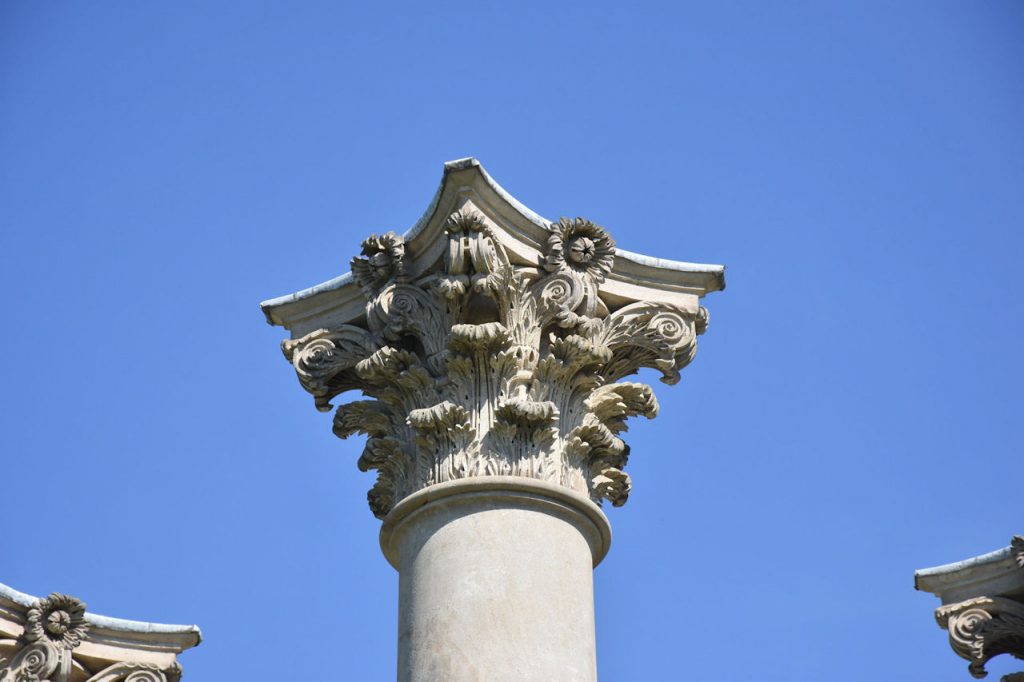
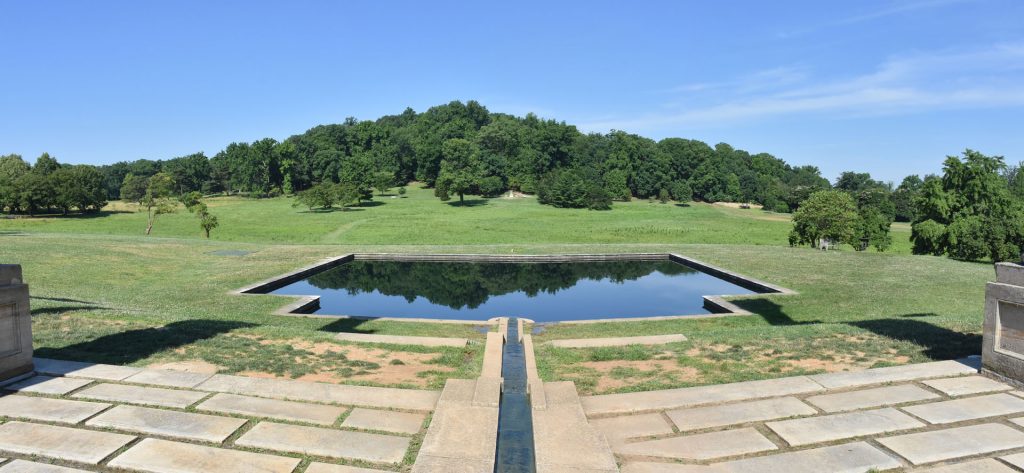
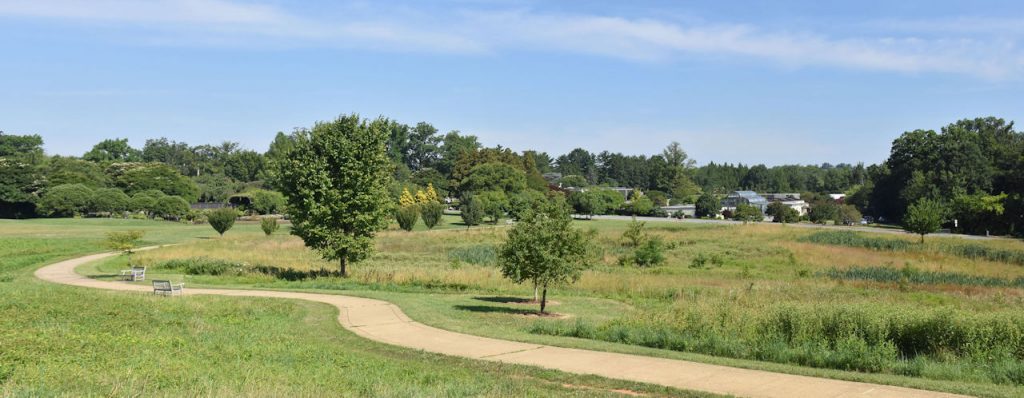
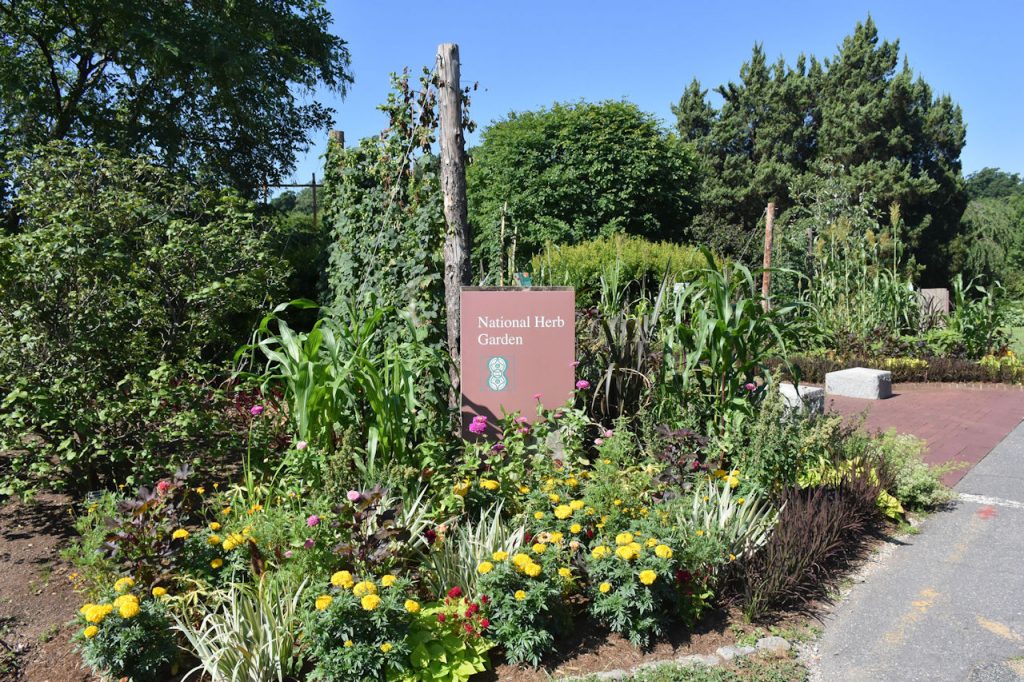
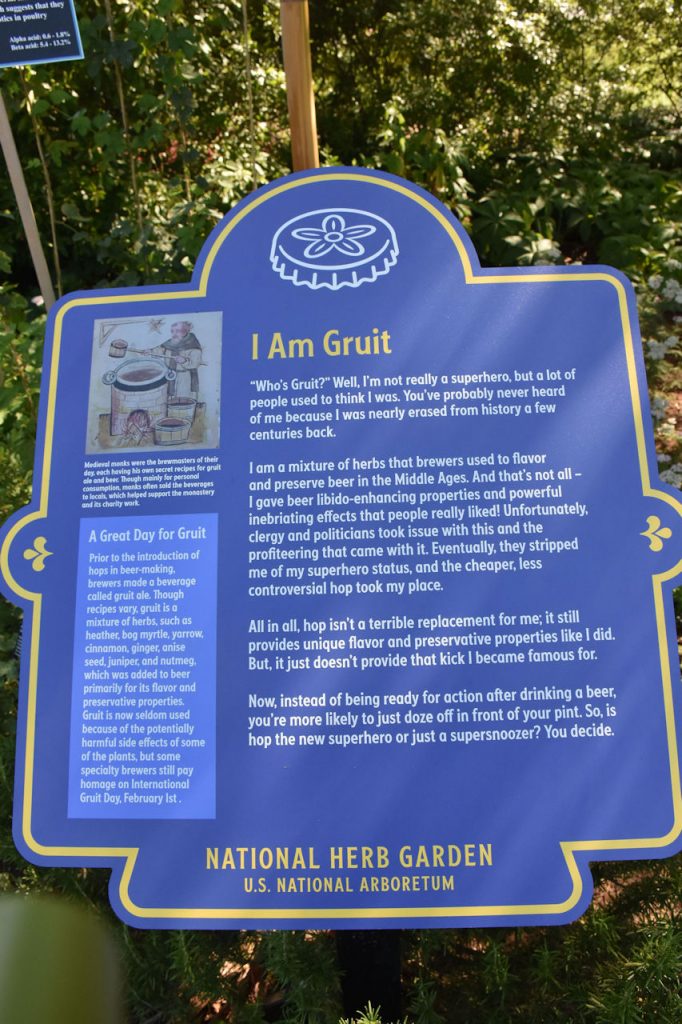
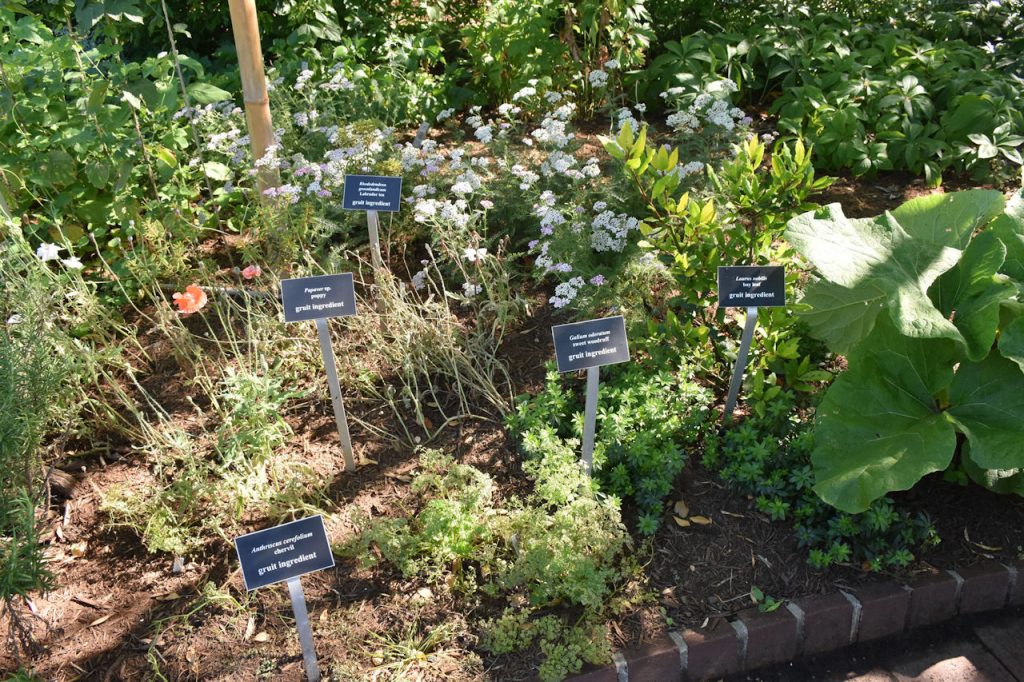
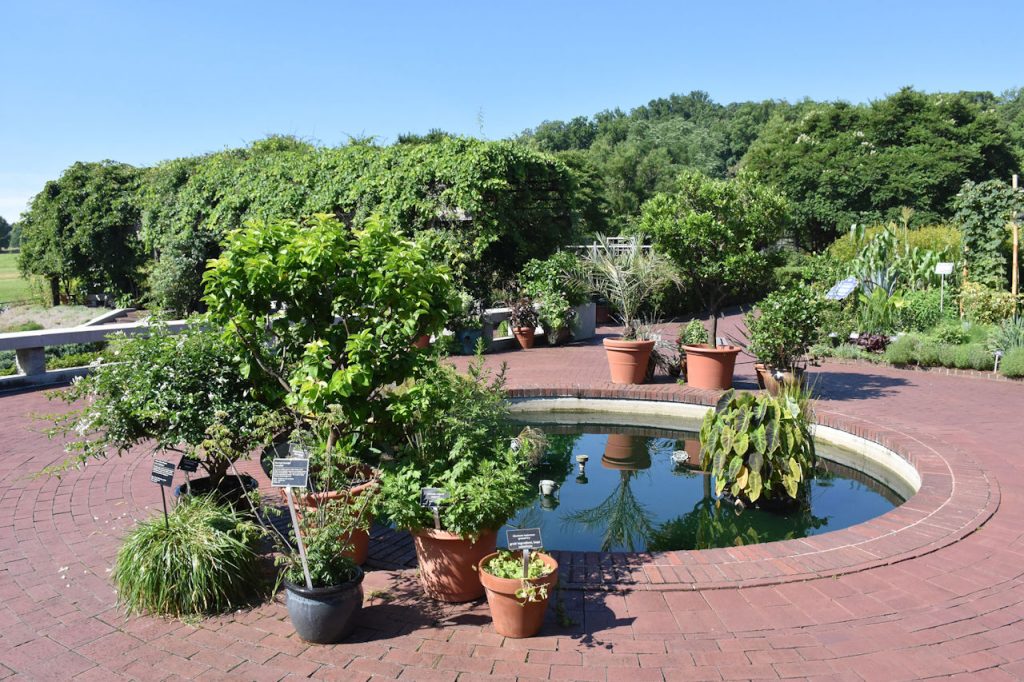
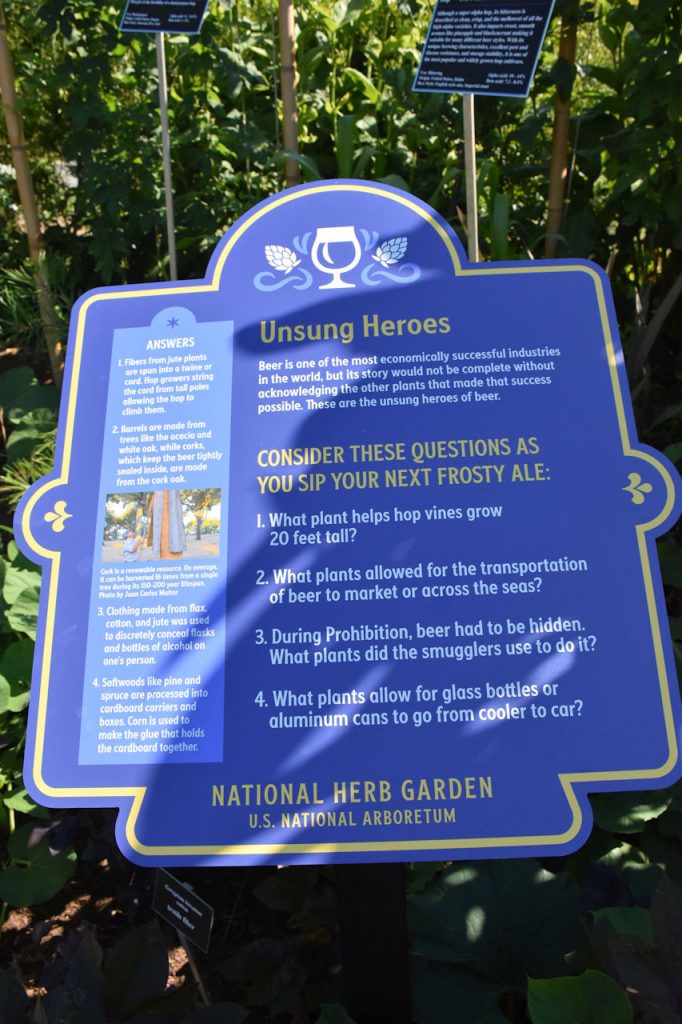
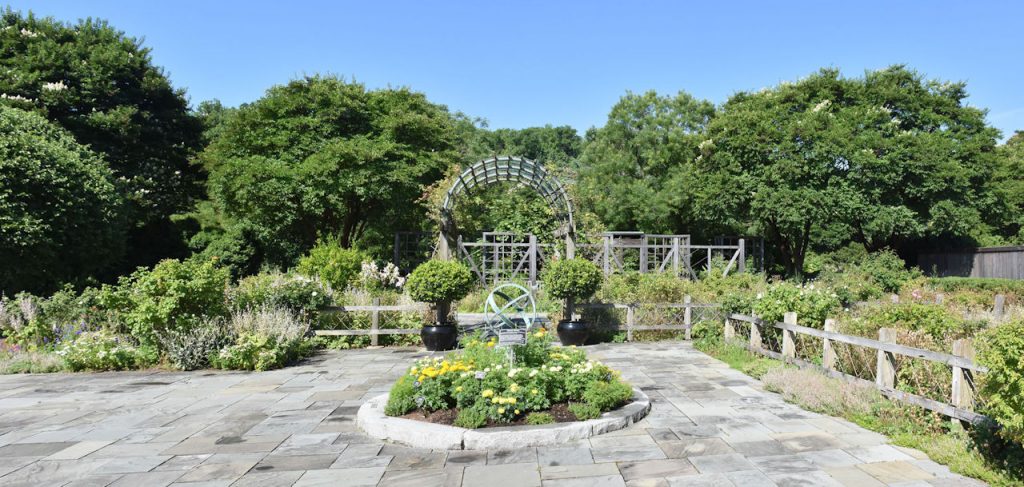
Even in the 90-degree heat of late June, it was still nice. Note the Armillary Sphere in the center garden.
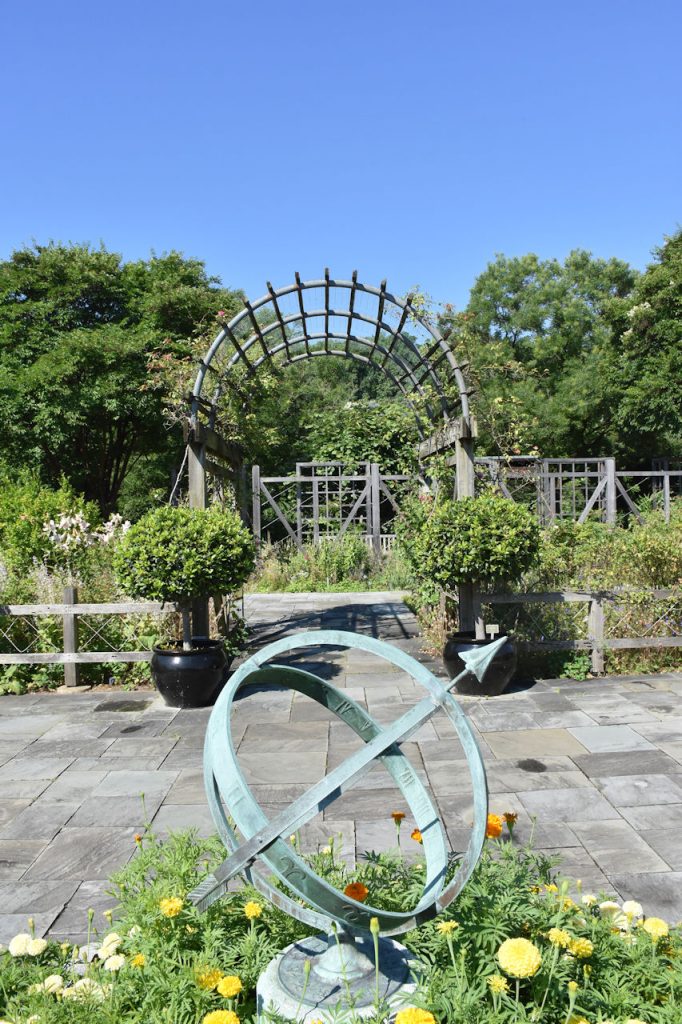

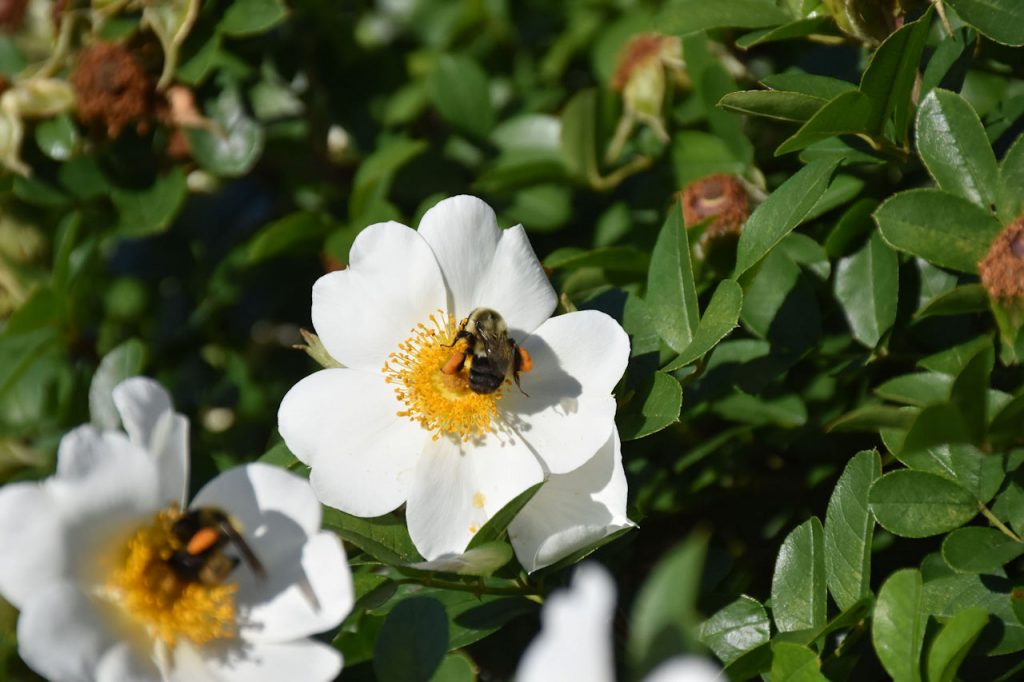
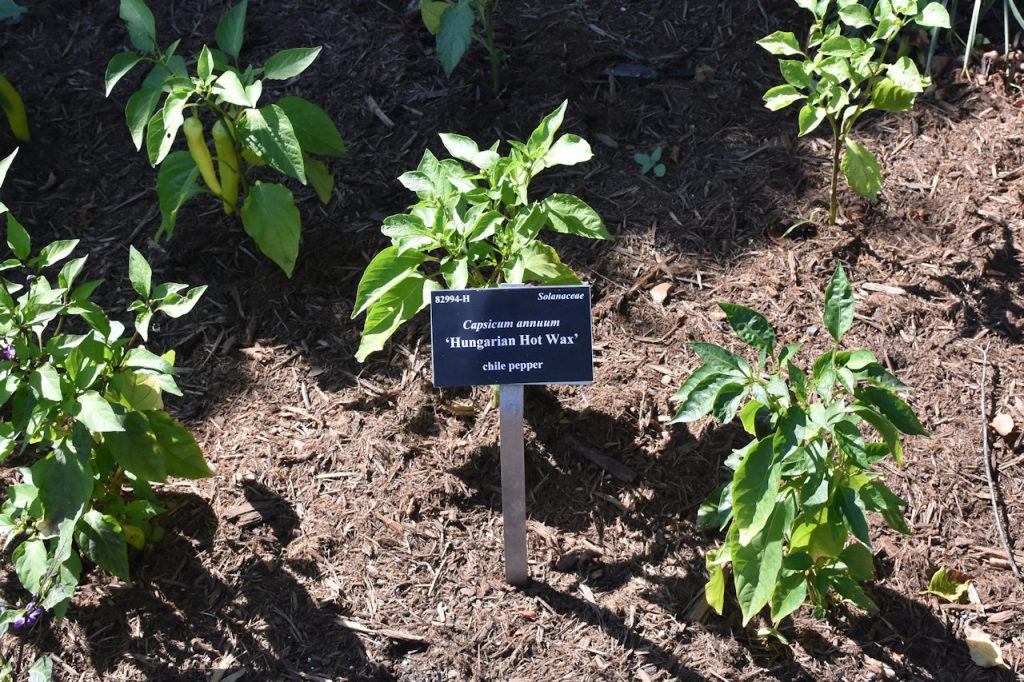
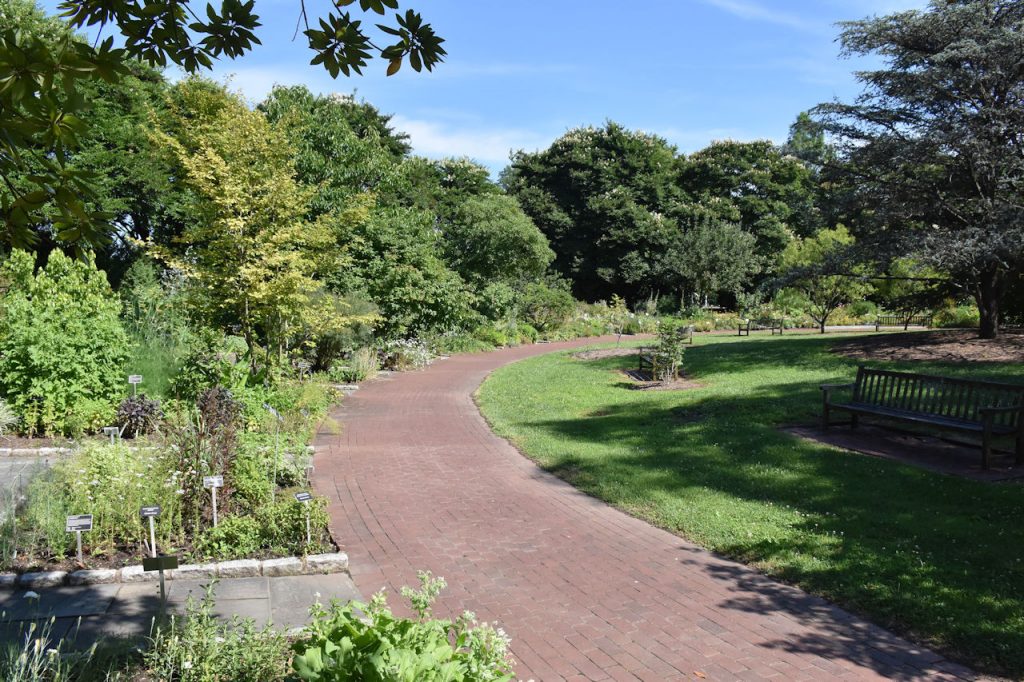
It’s also a place to rest and enjoy some shade on a hot day.
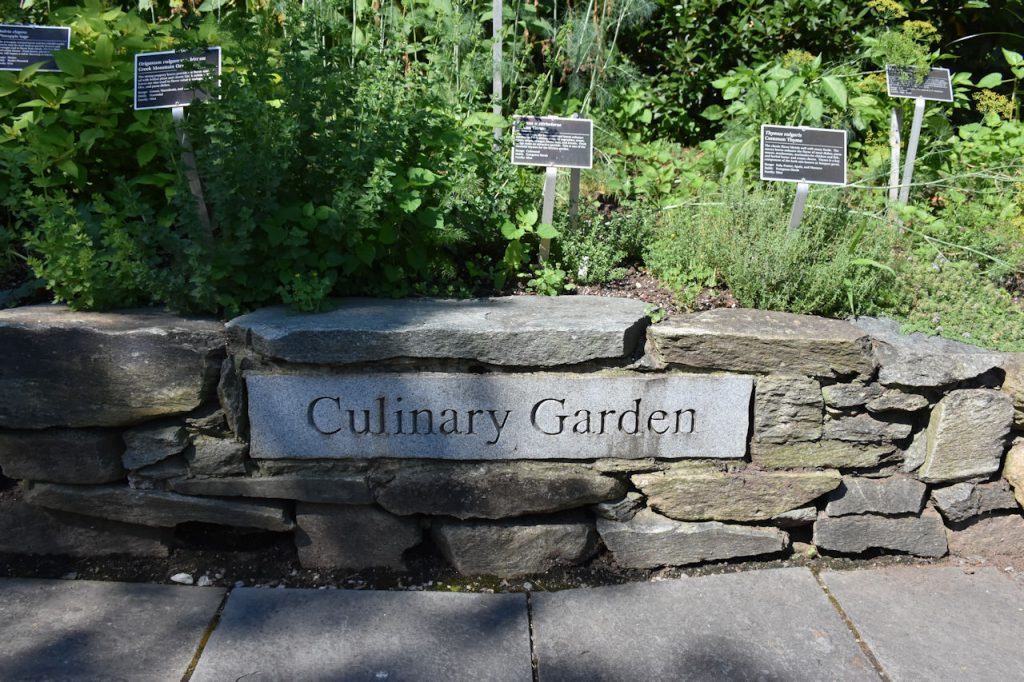
Examples are basil, rosemary, chives, dill, and mints.
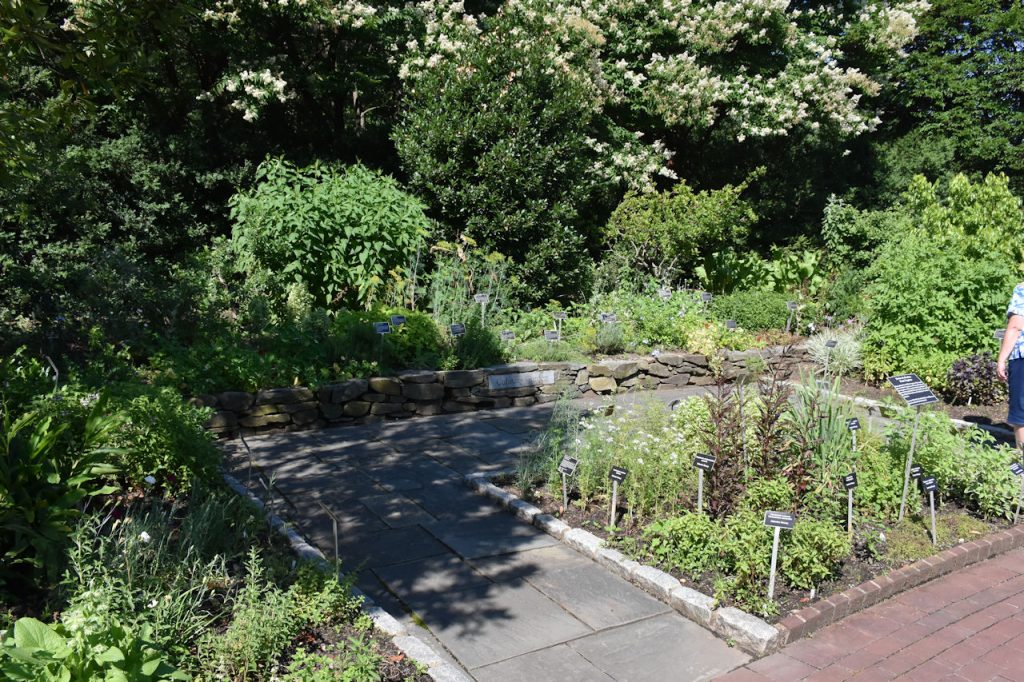
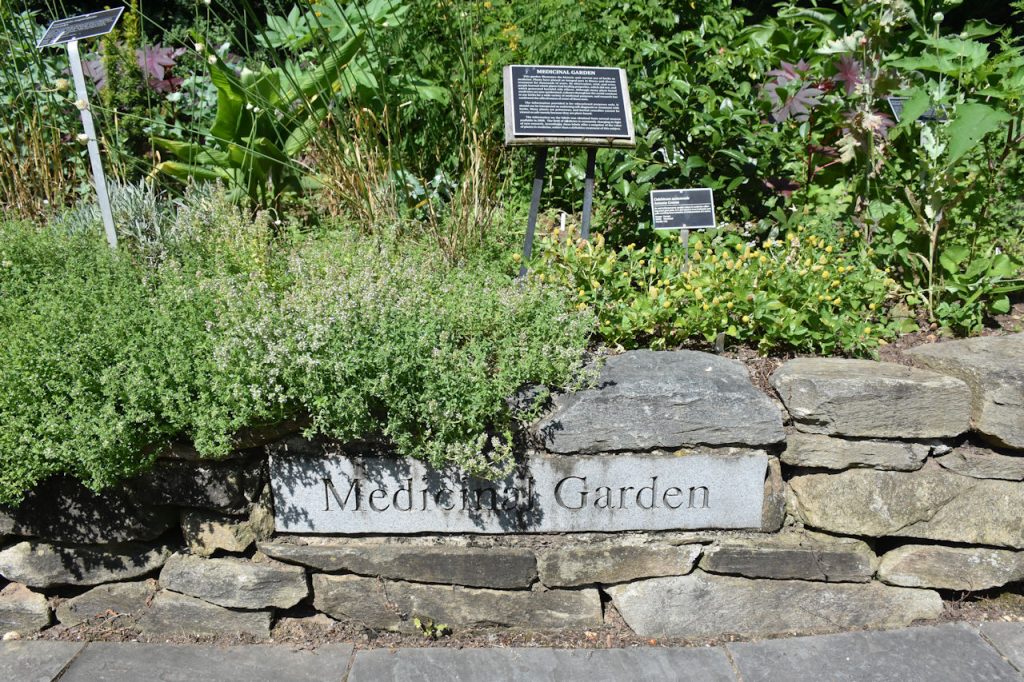
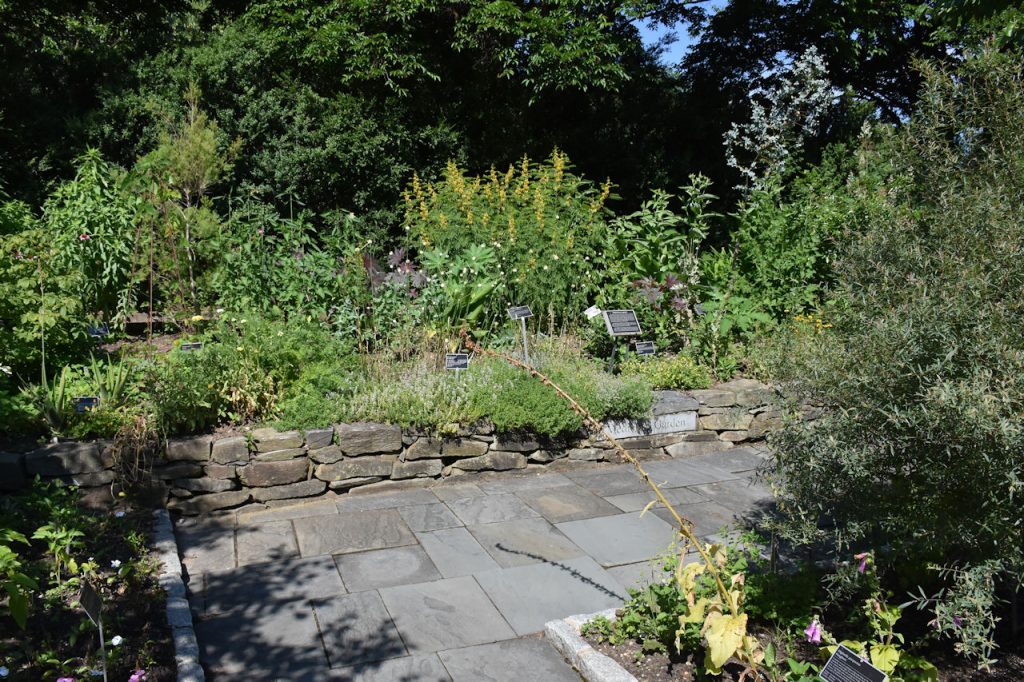
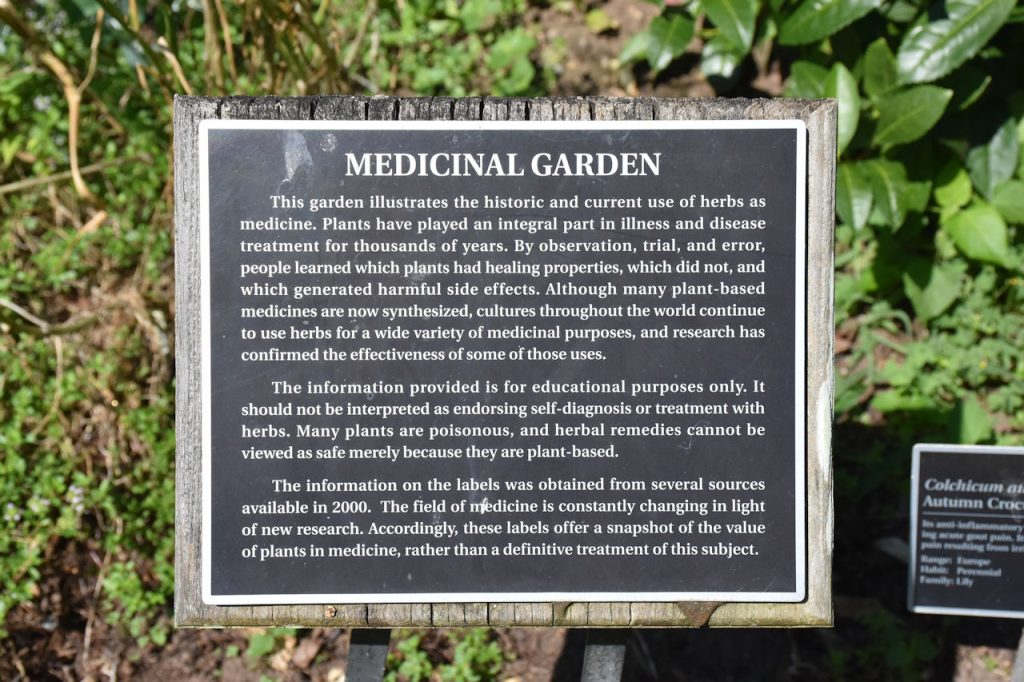
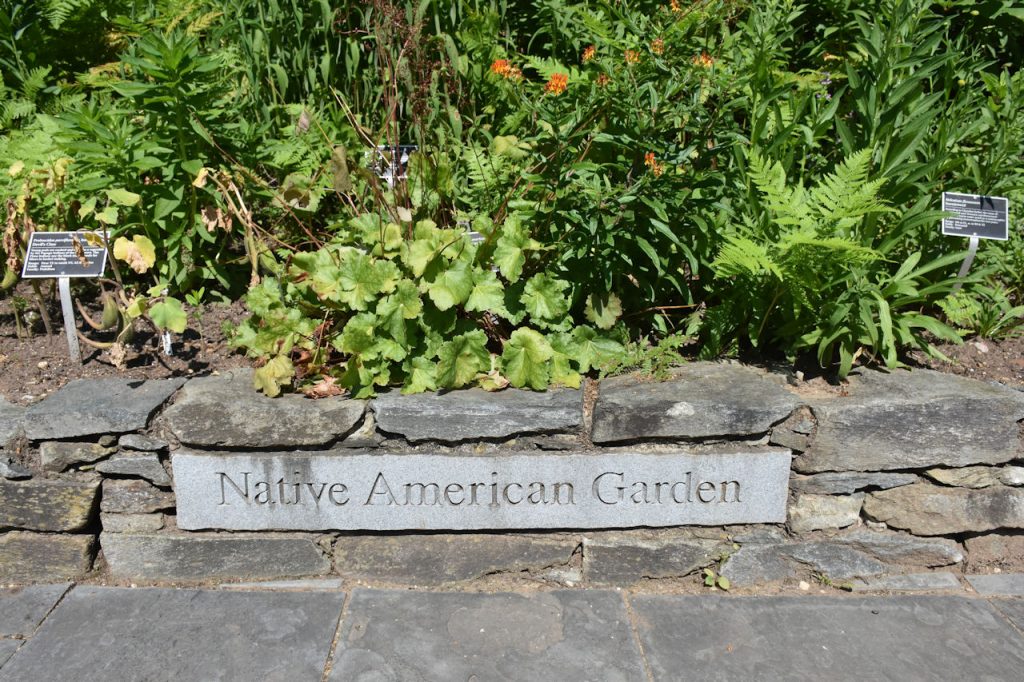
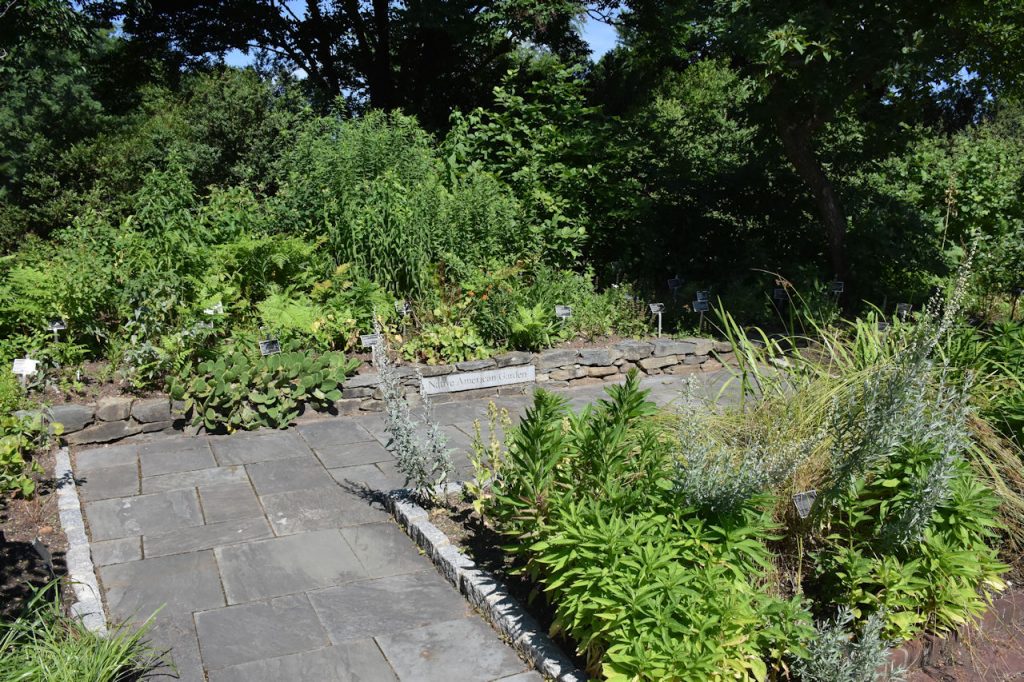
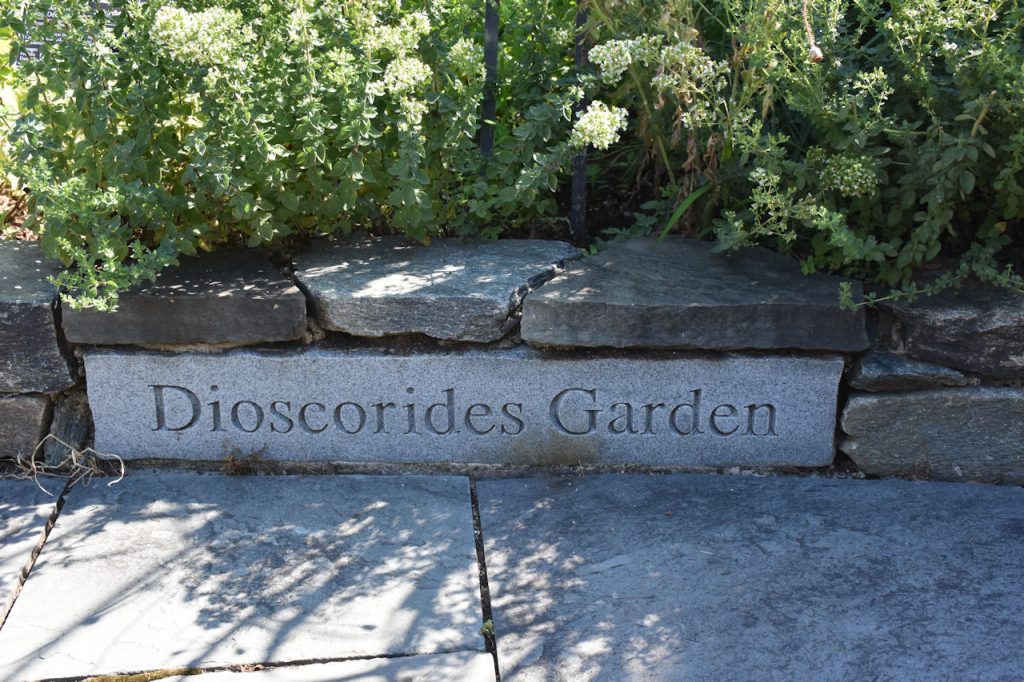
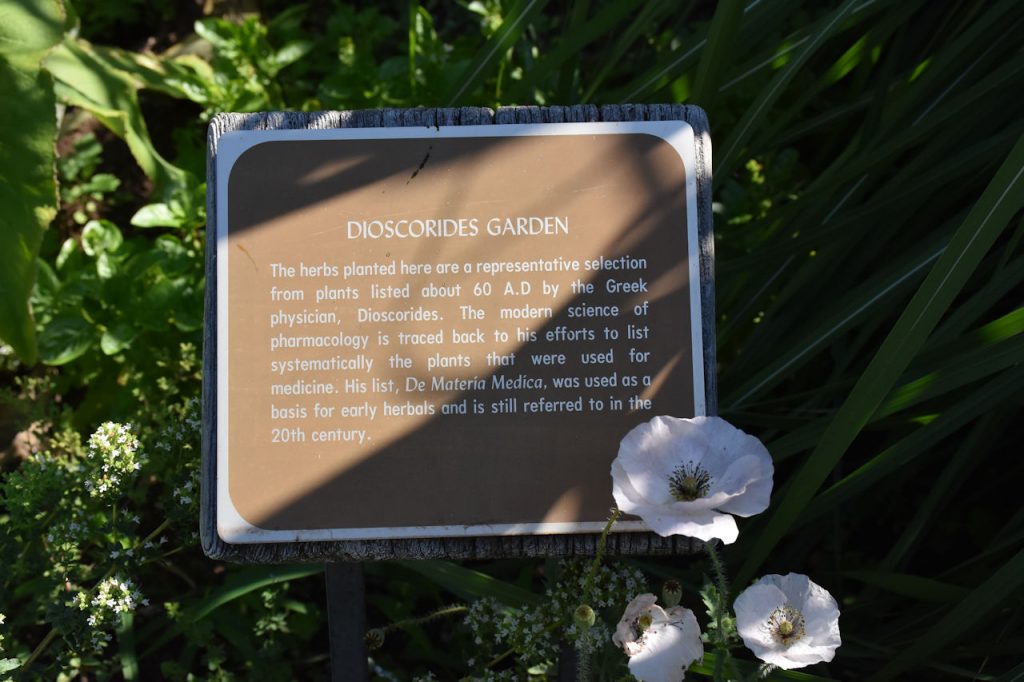
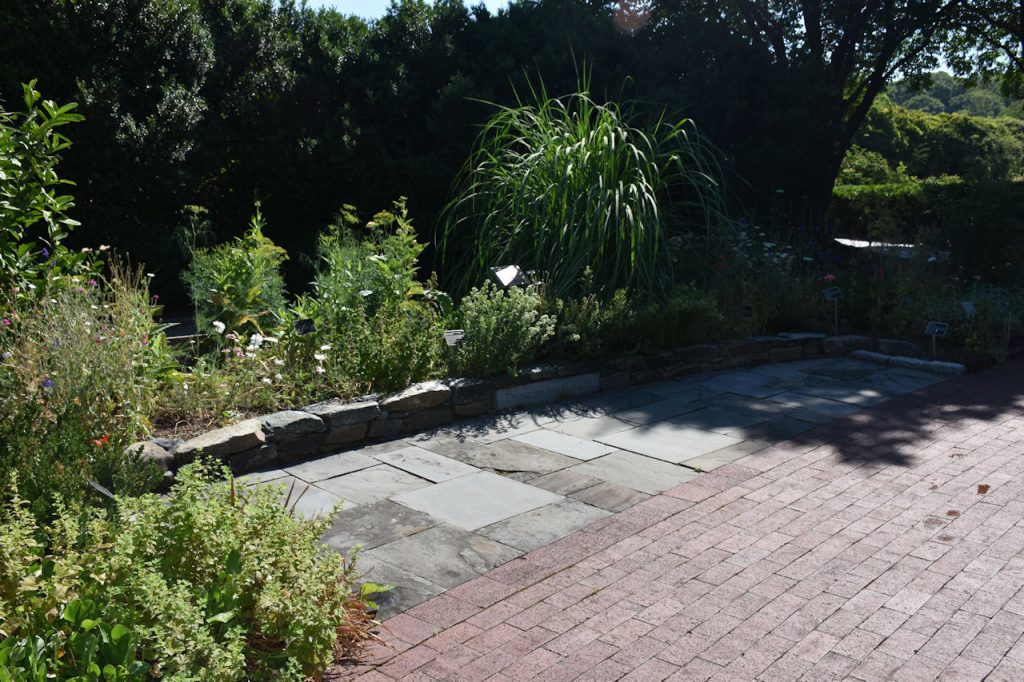

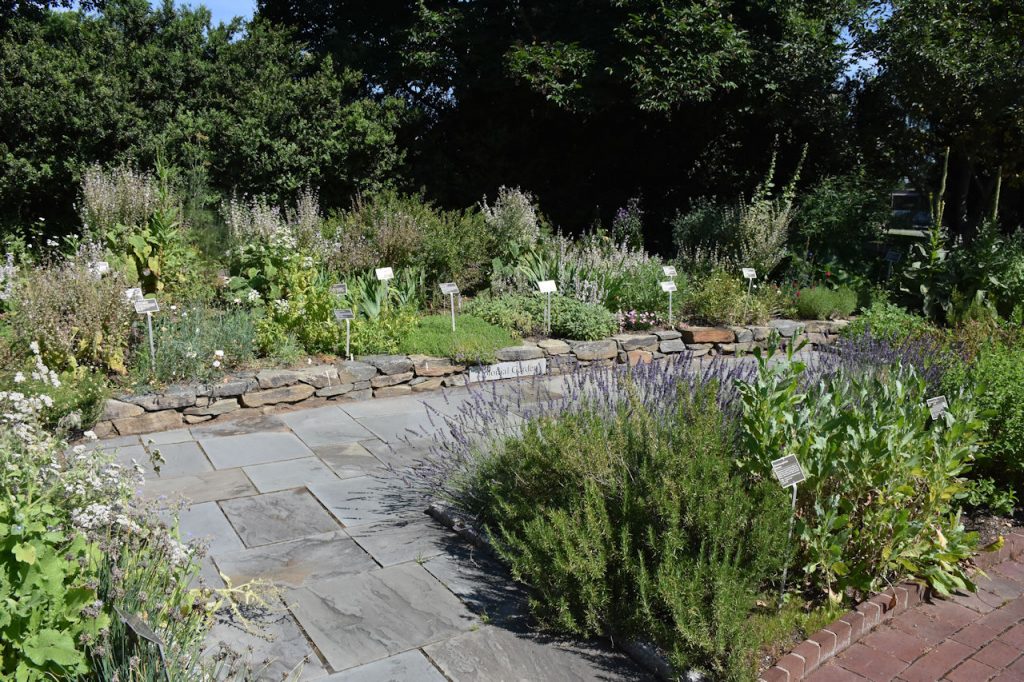
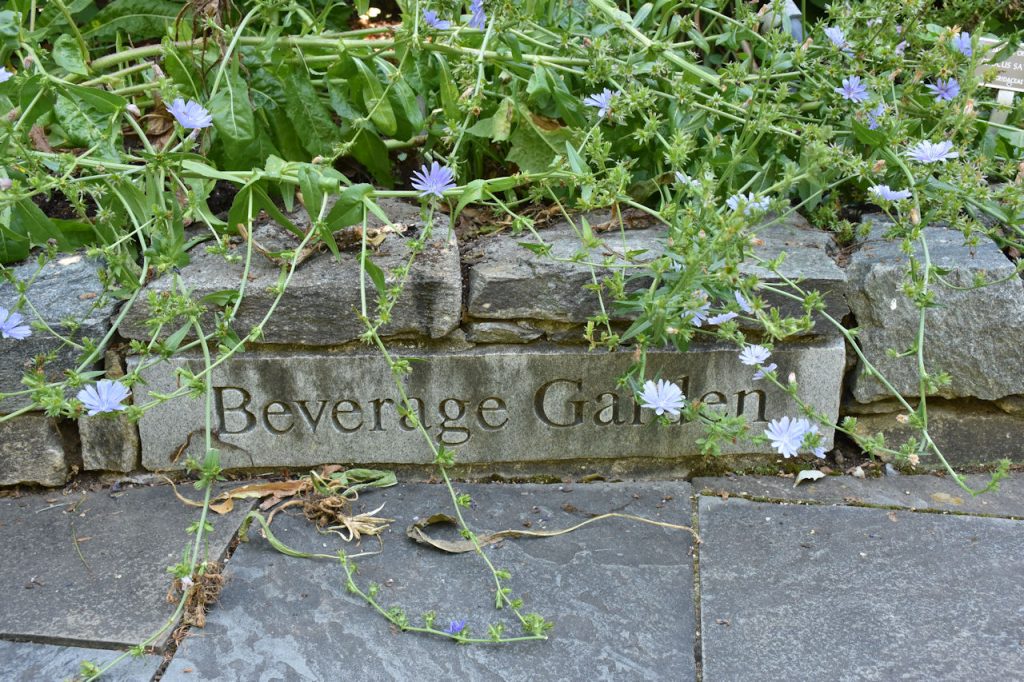
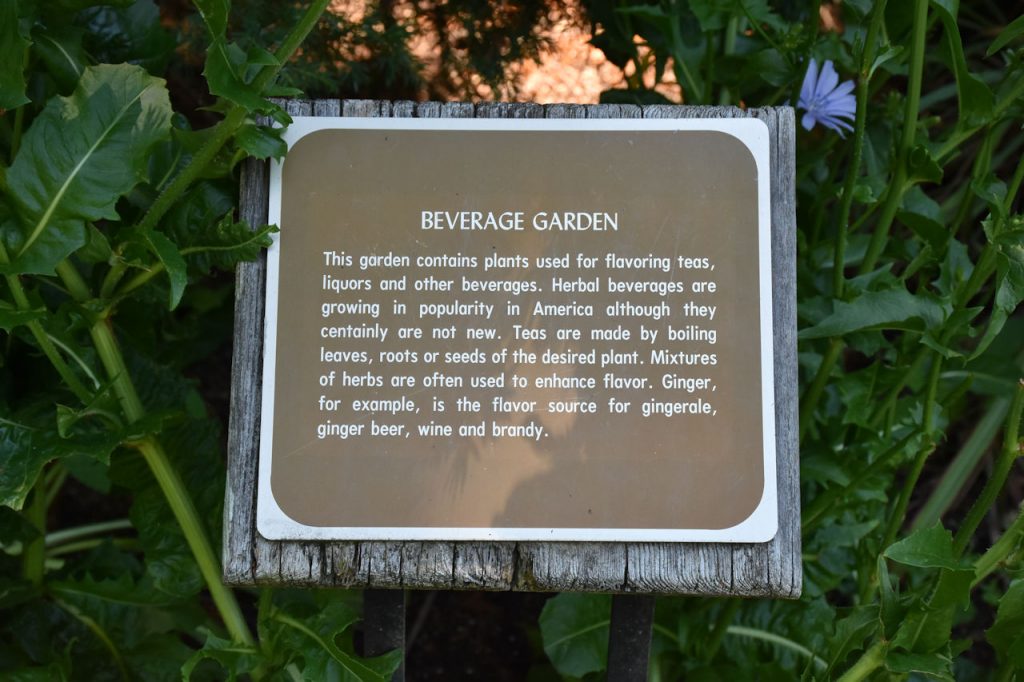
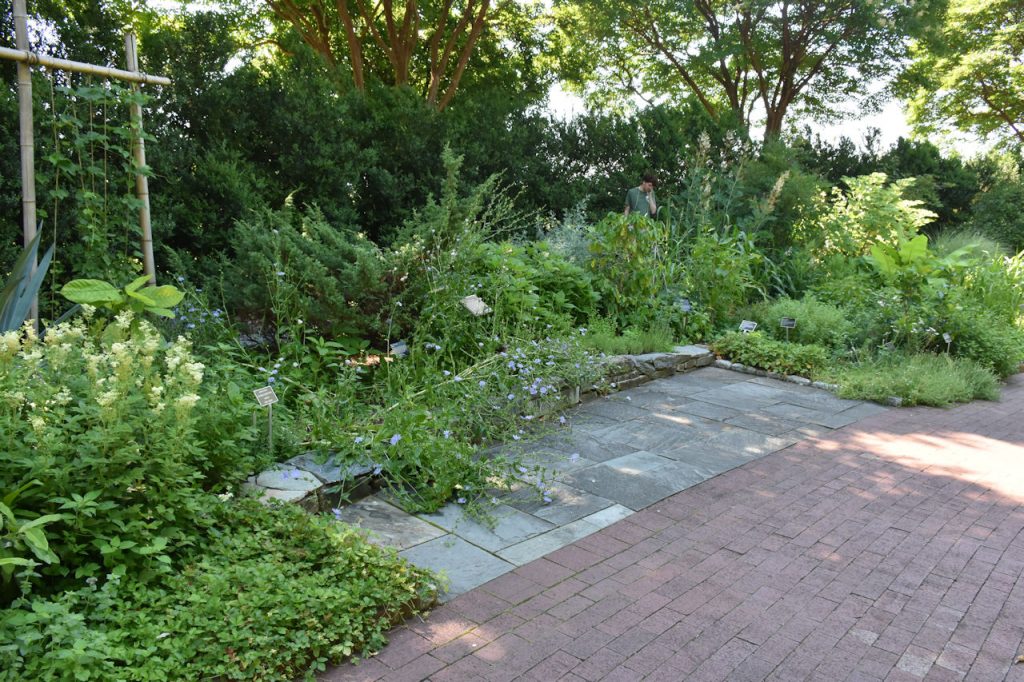
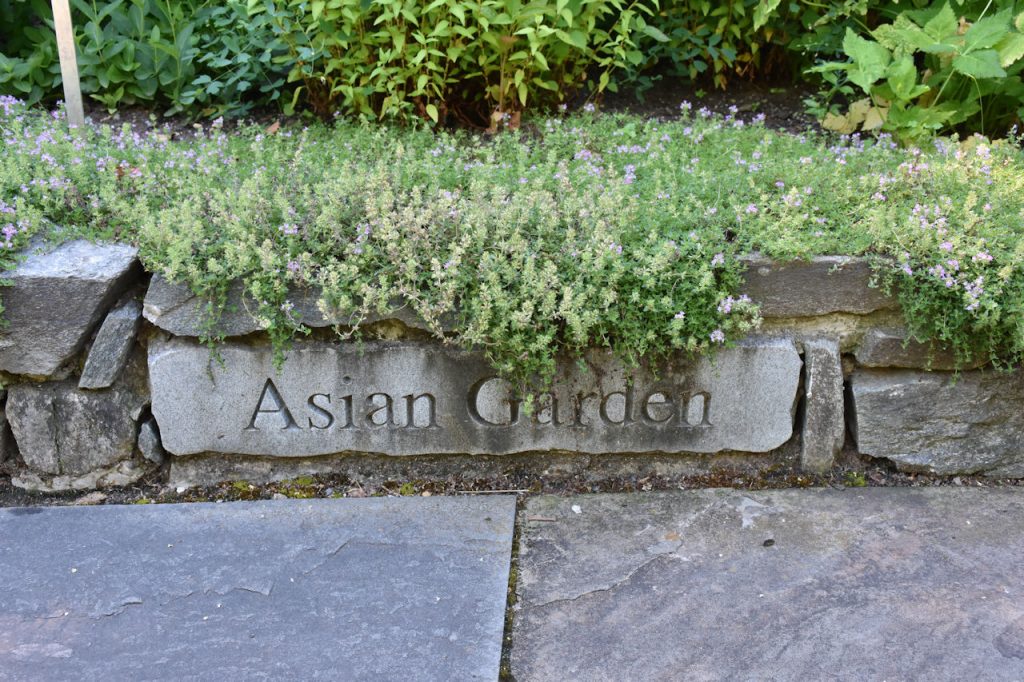
perilla, chrysanthemum, and Japan pepper.
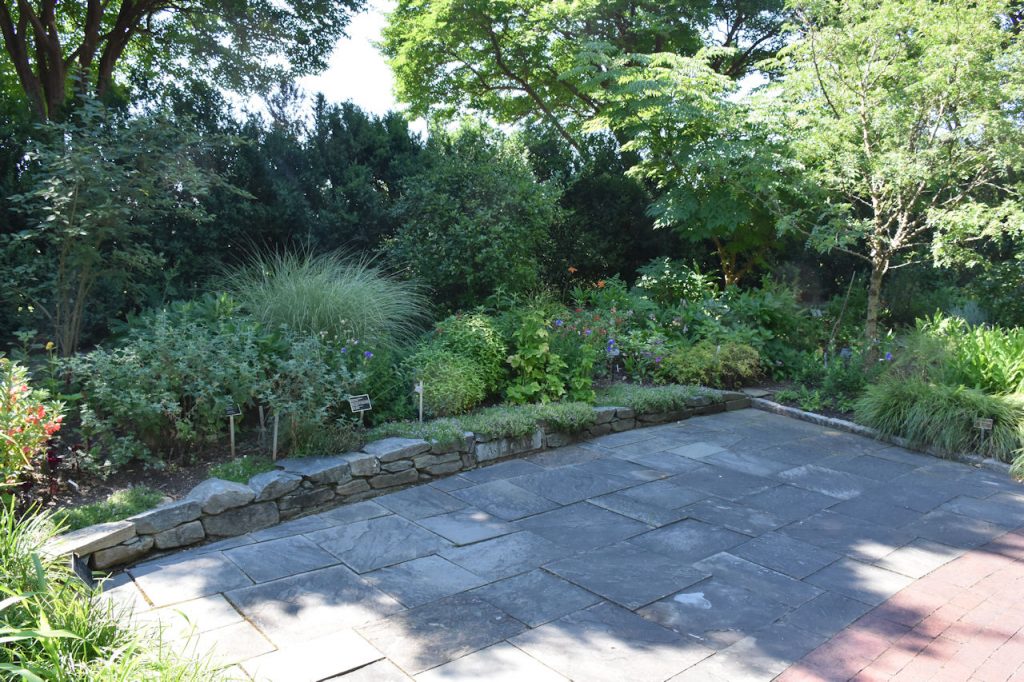
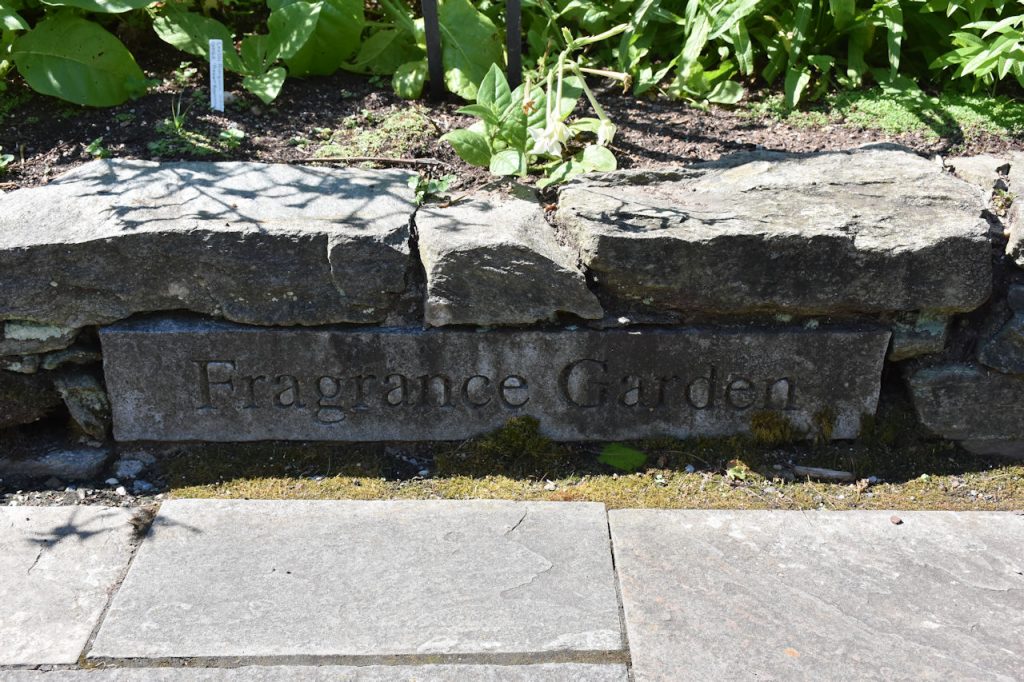
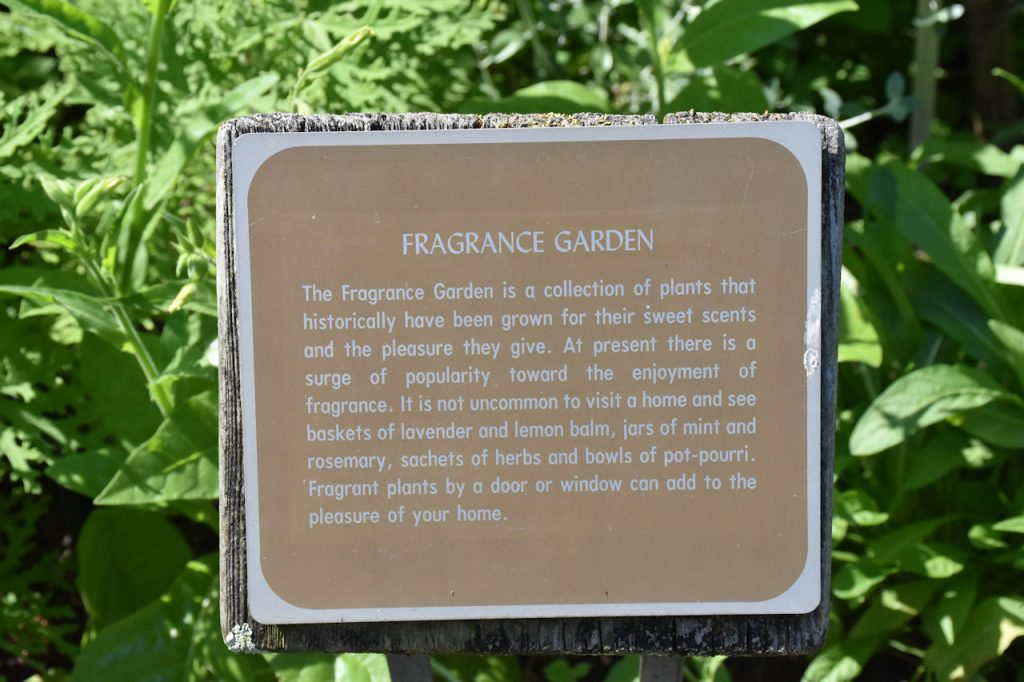
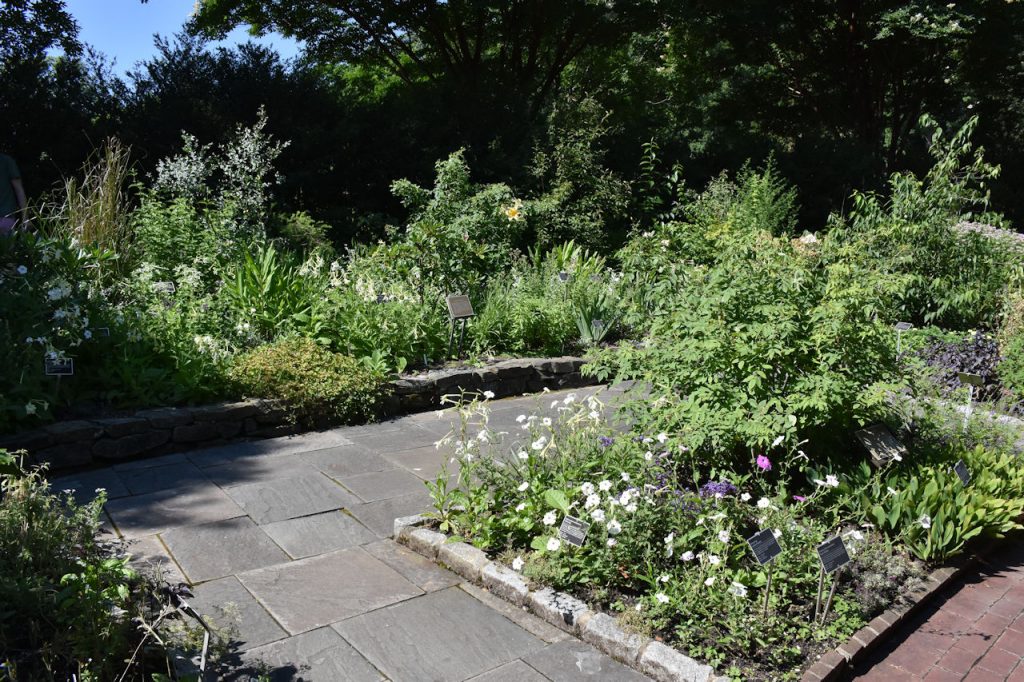


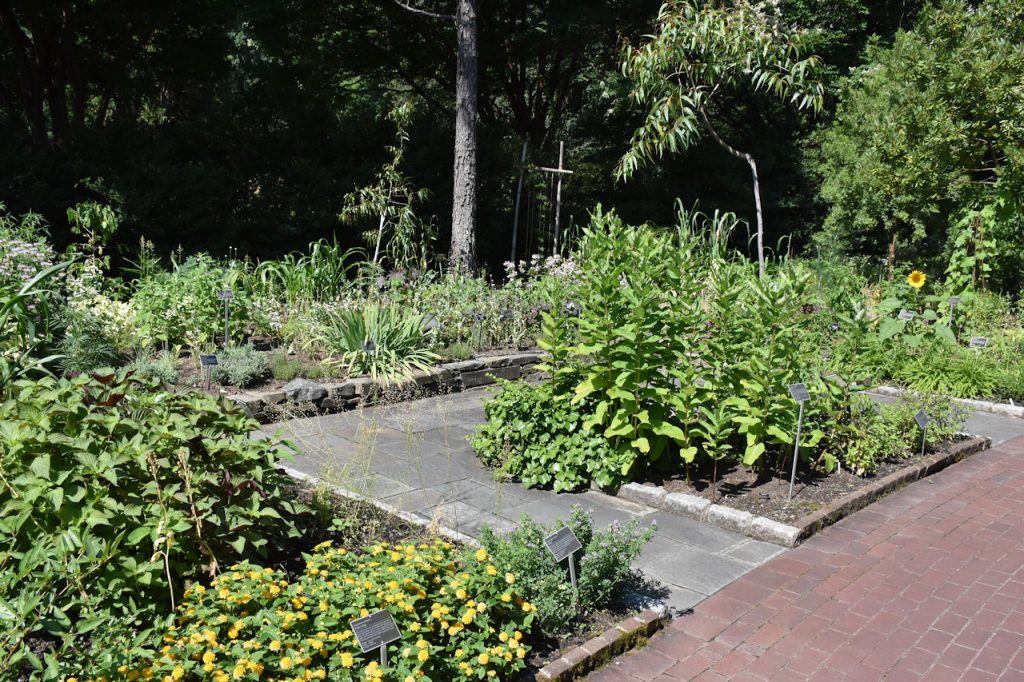
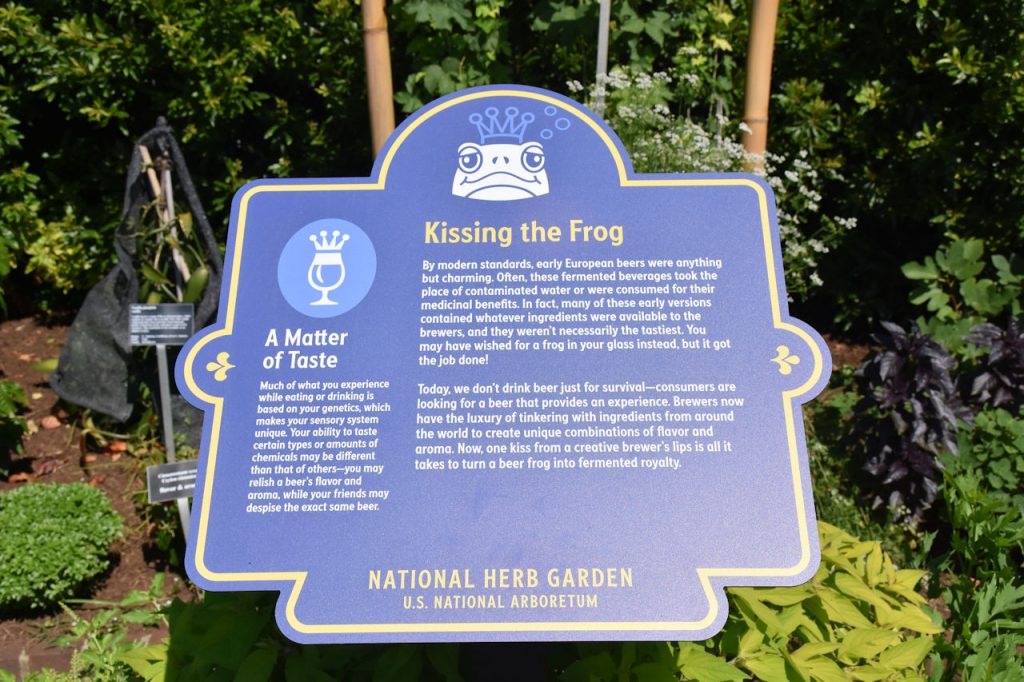
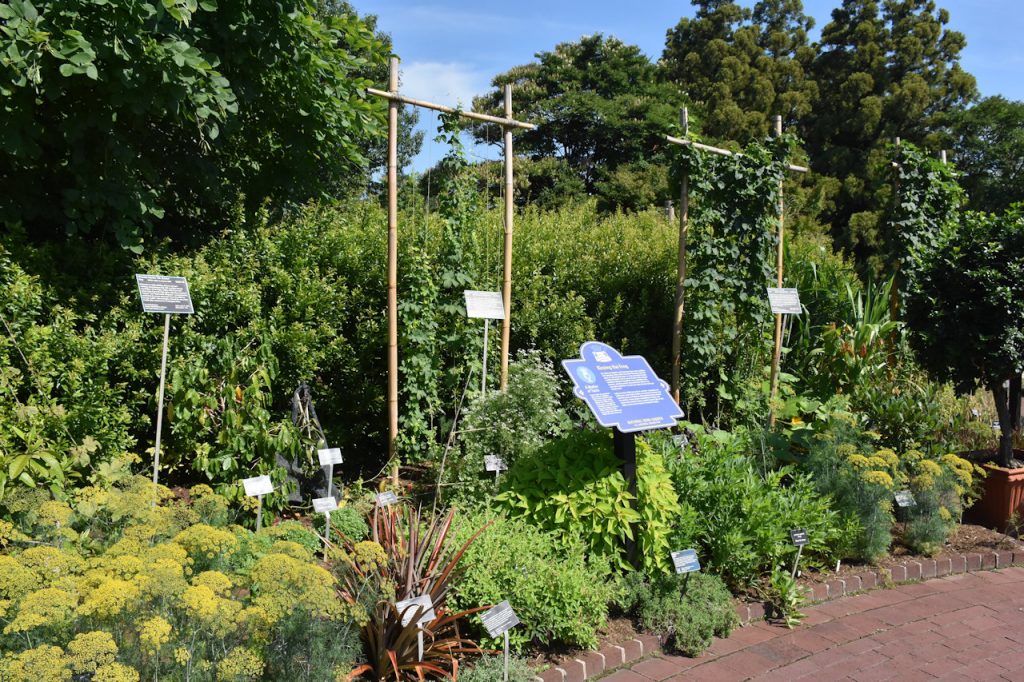
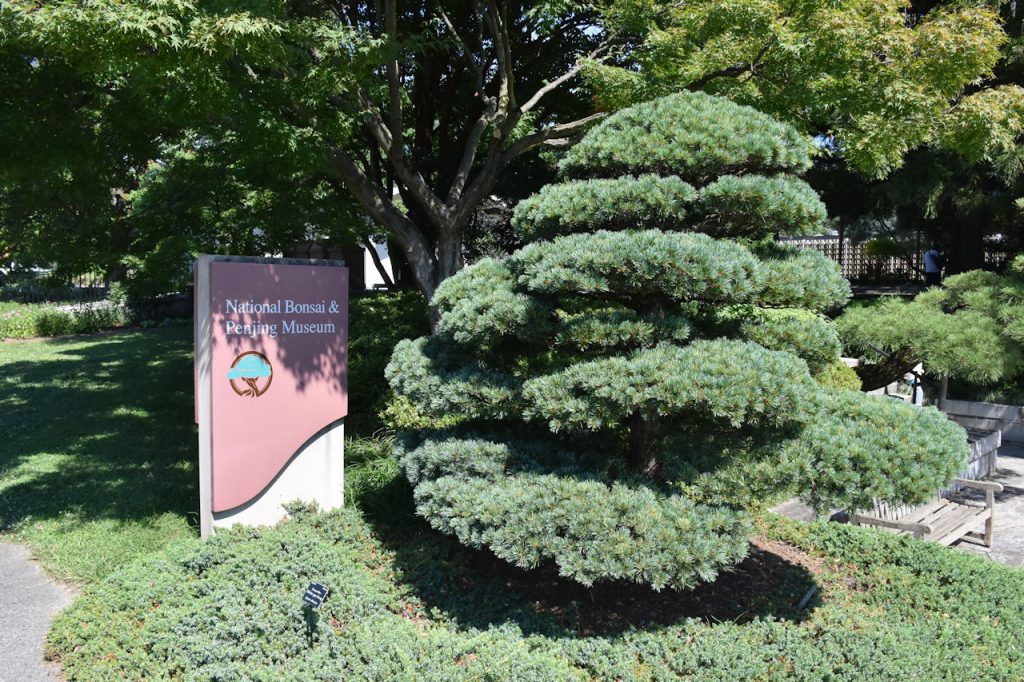

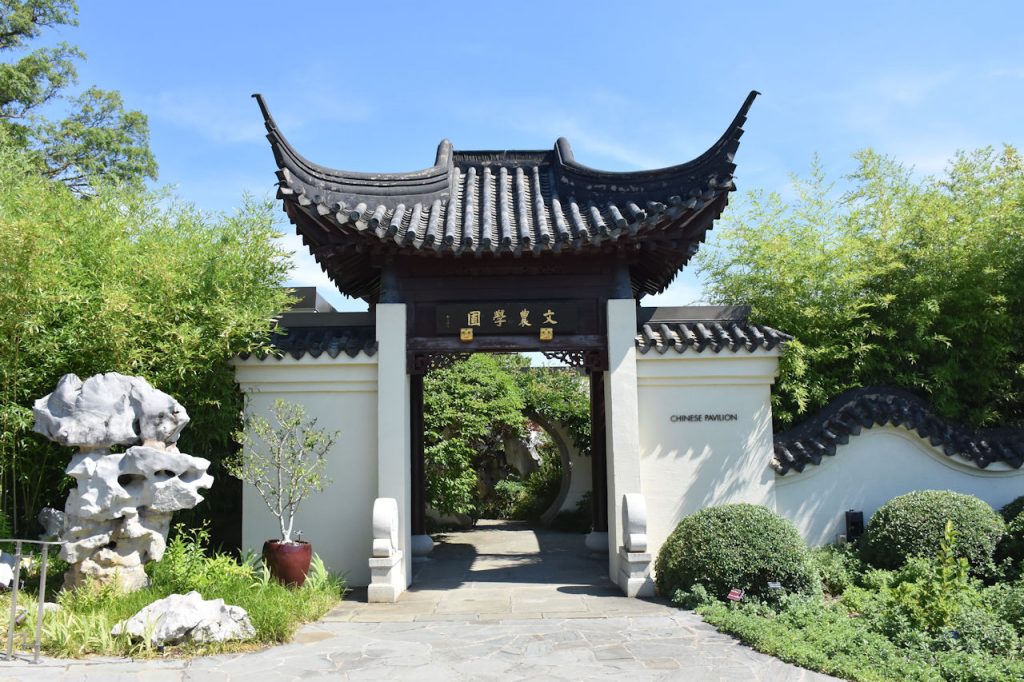
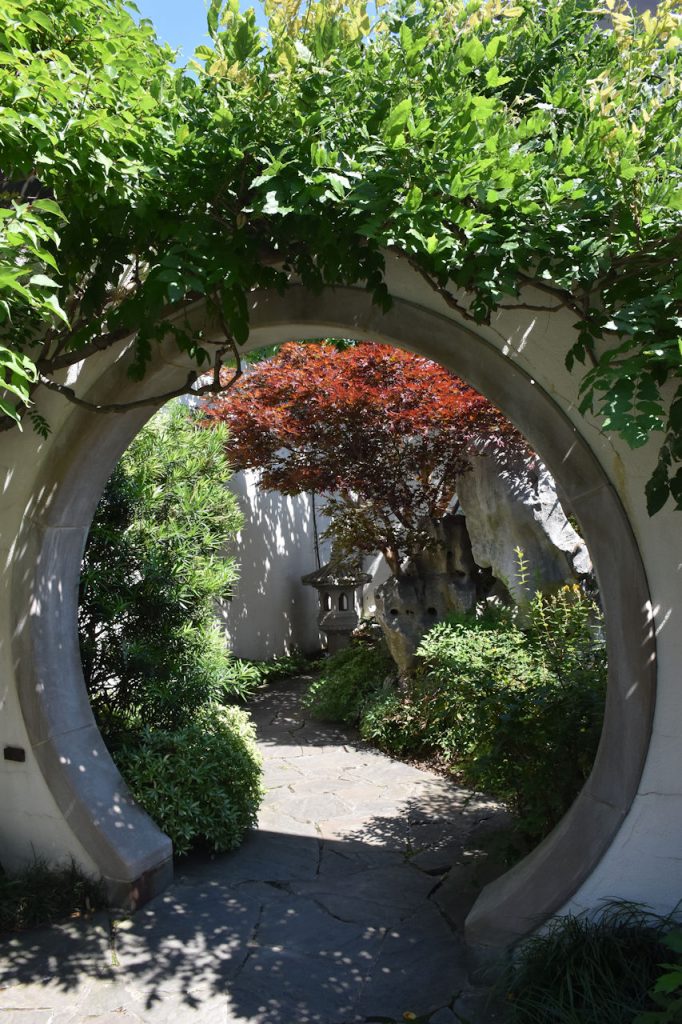
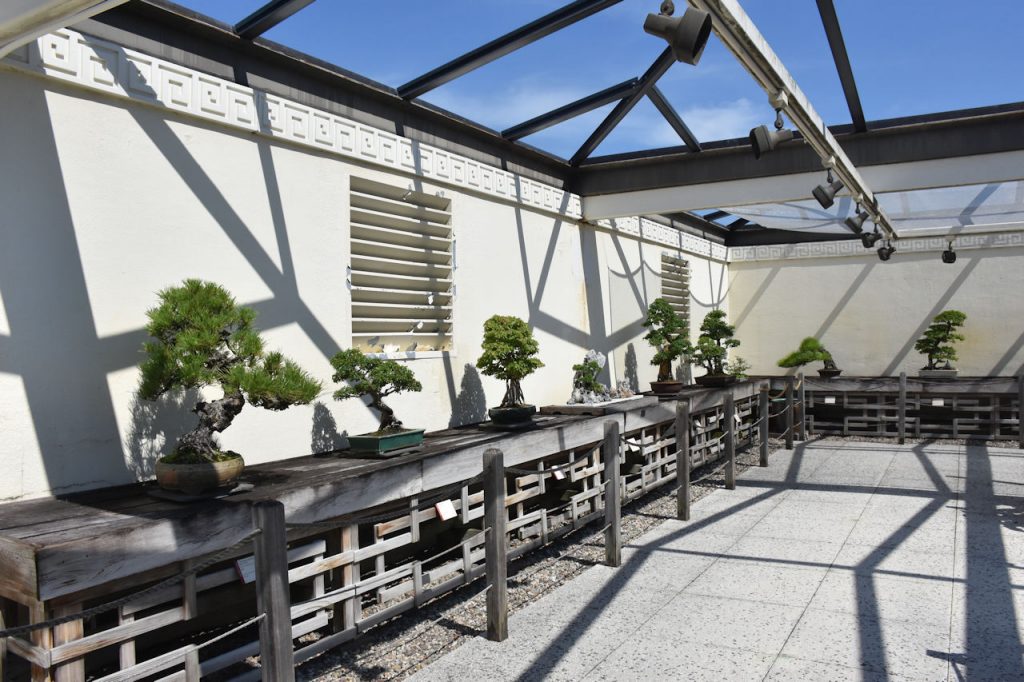
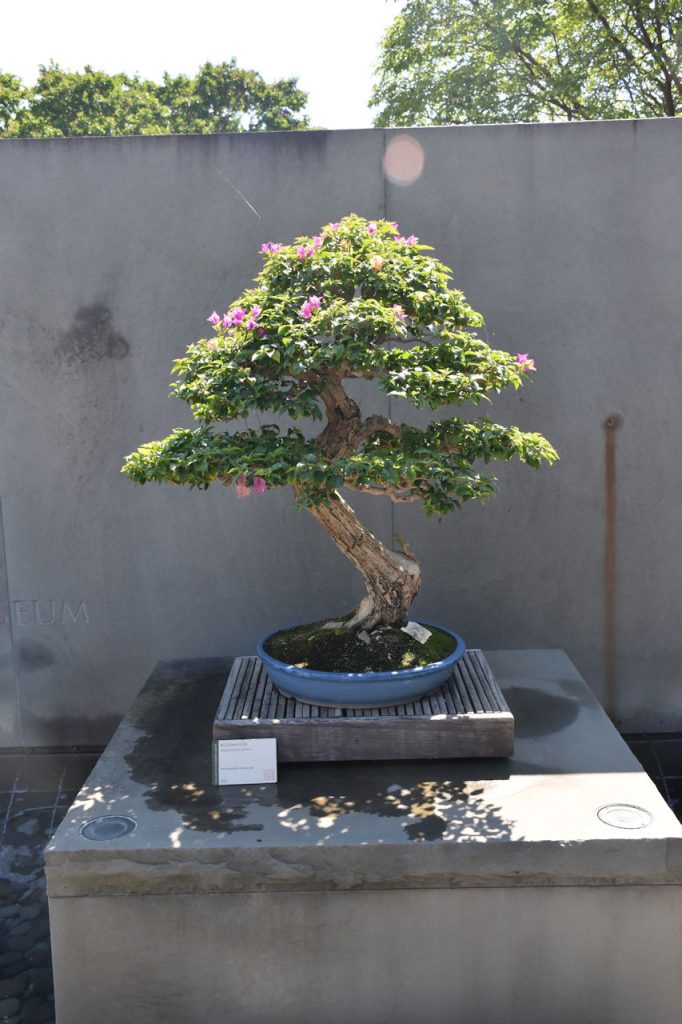
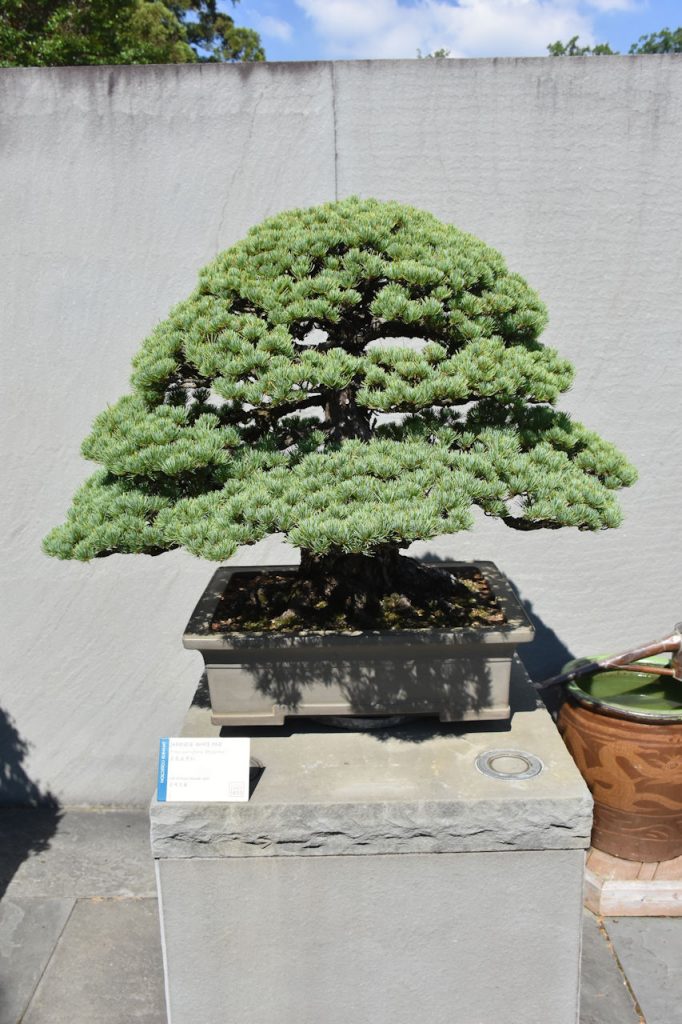
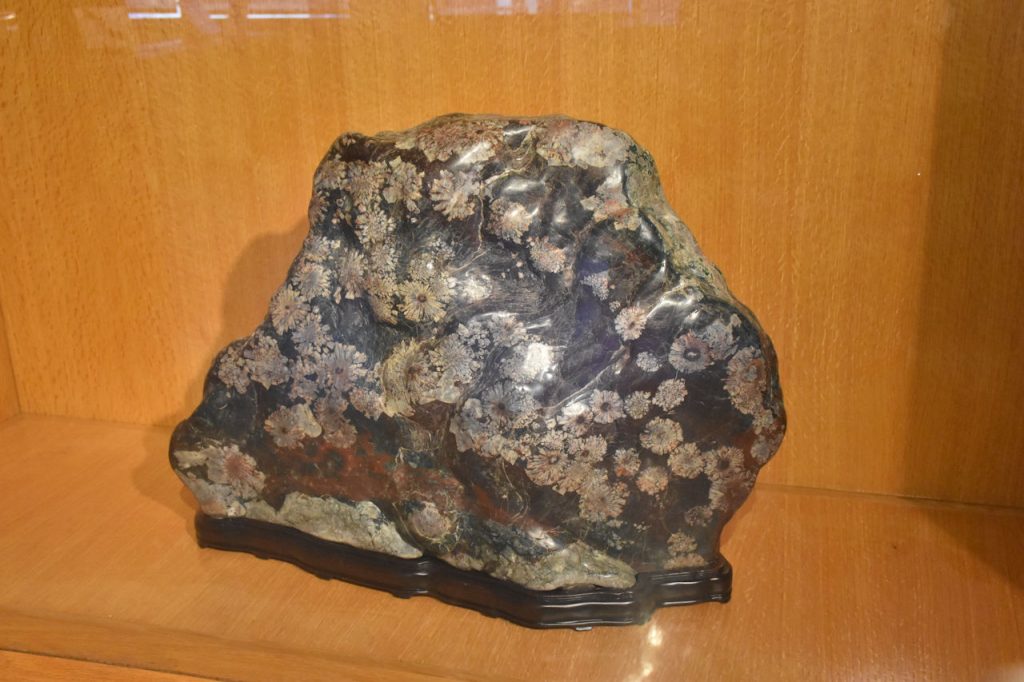

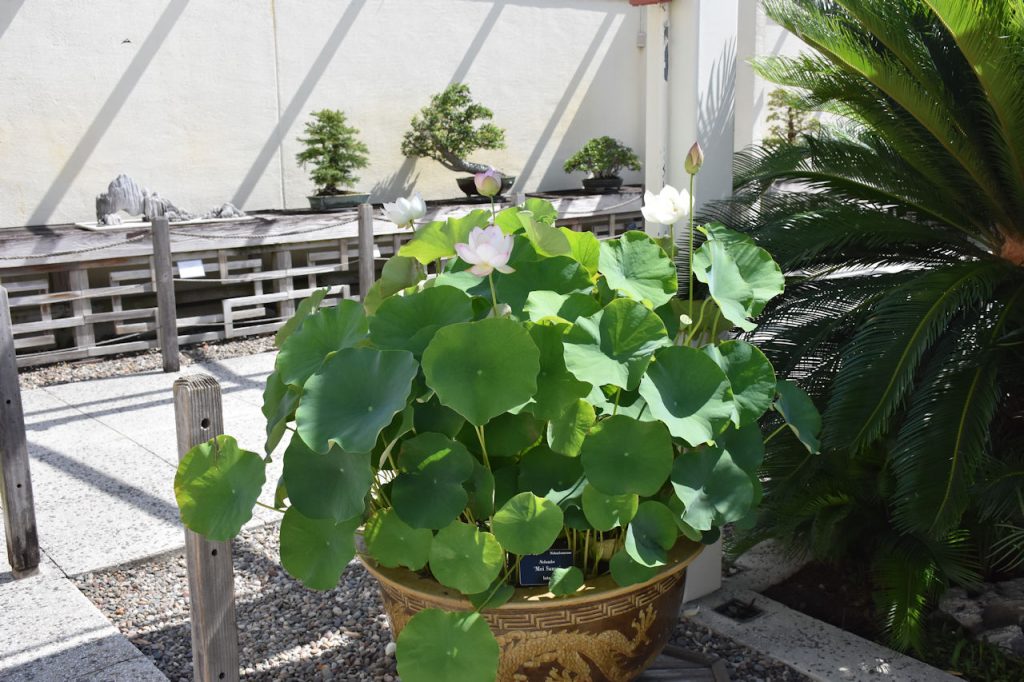
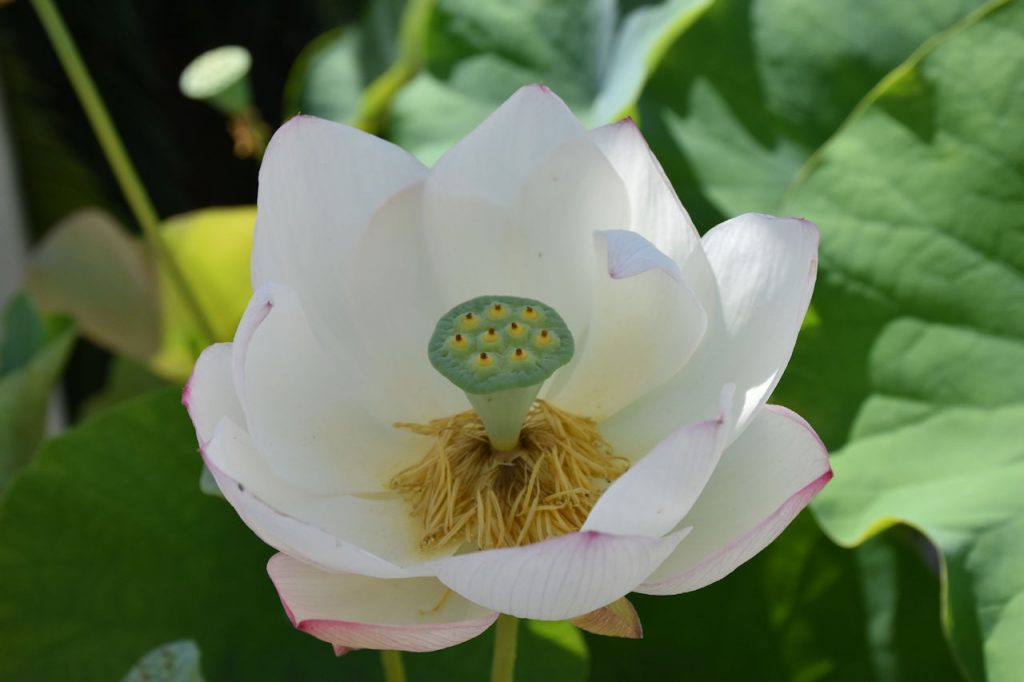
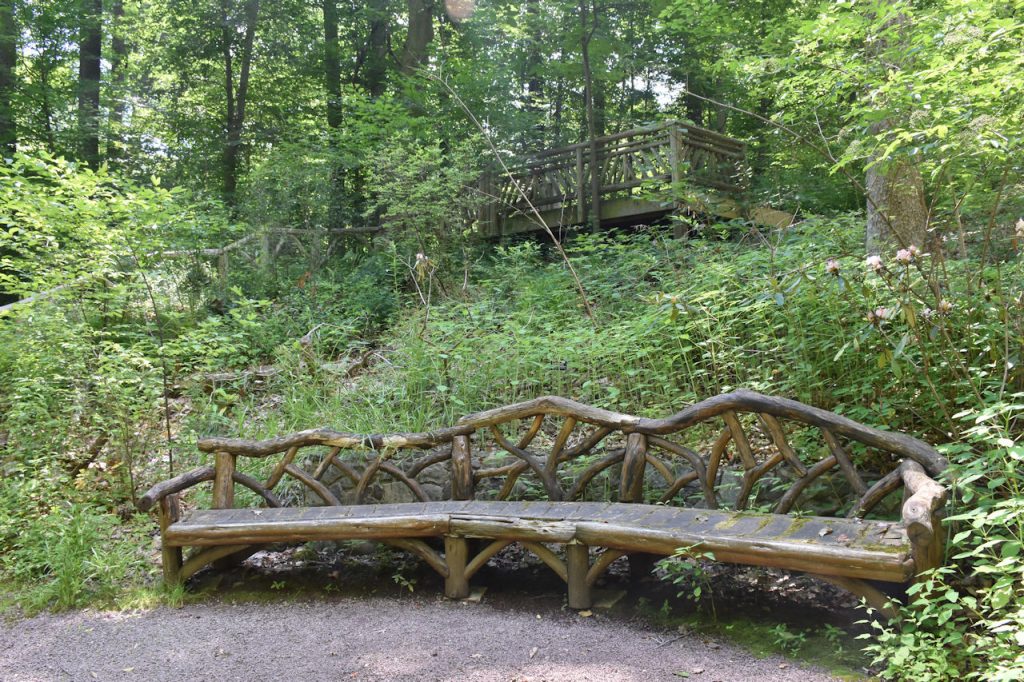
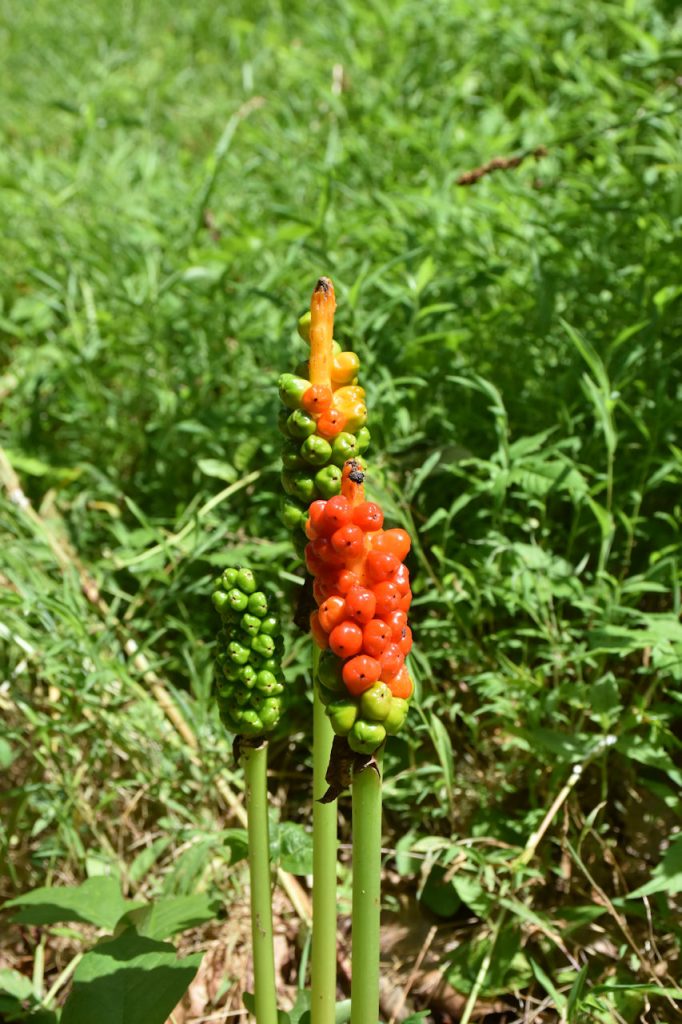
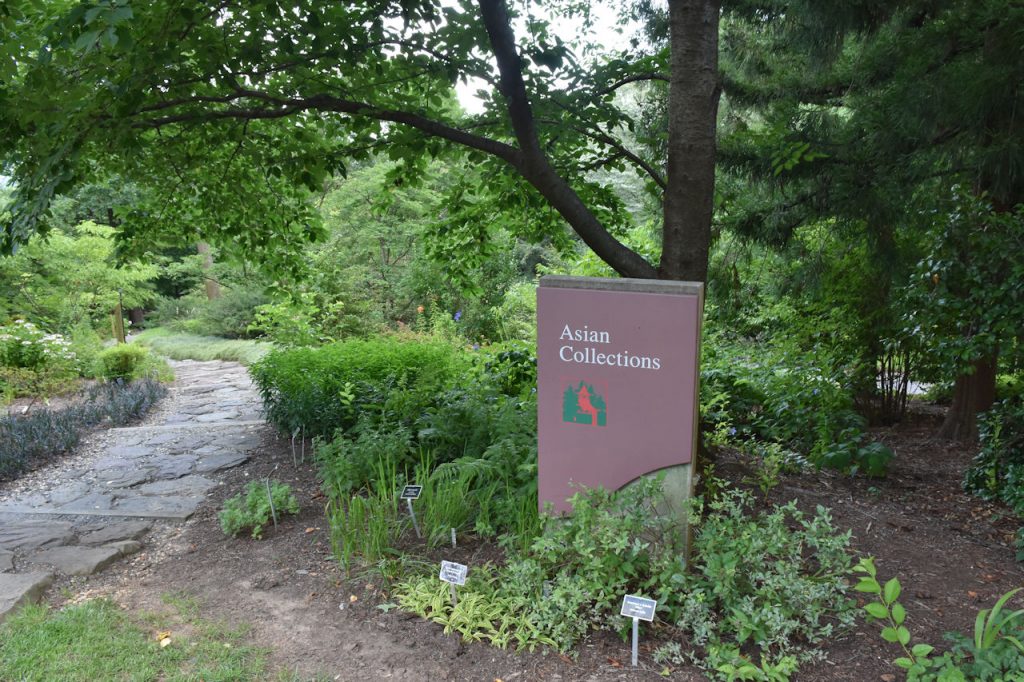
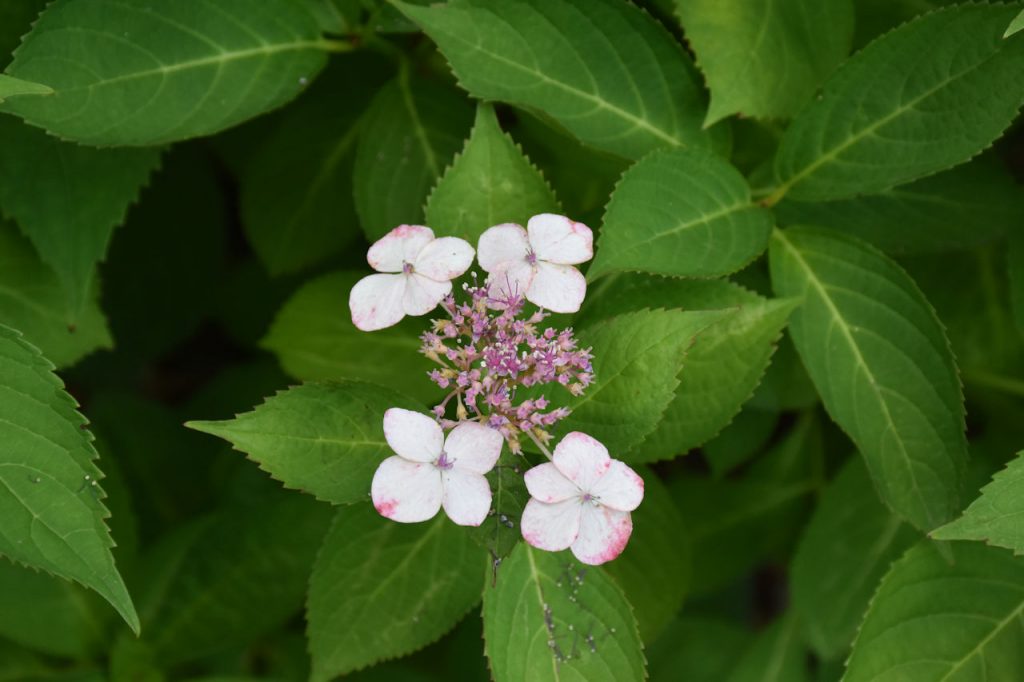
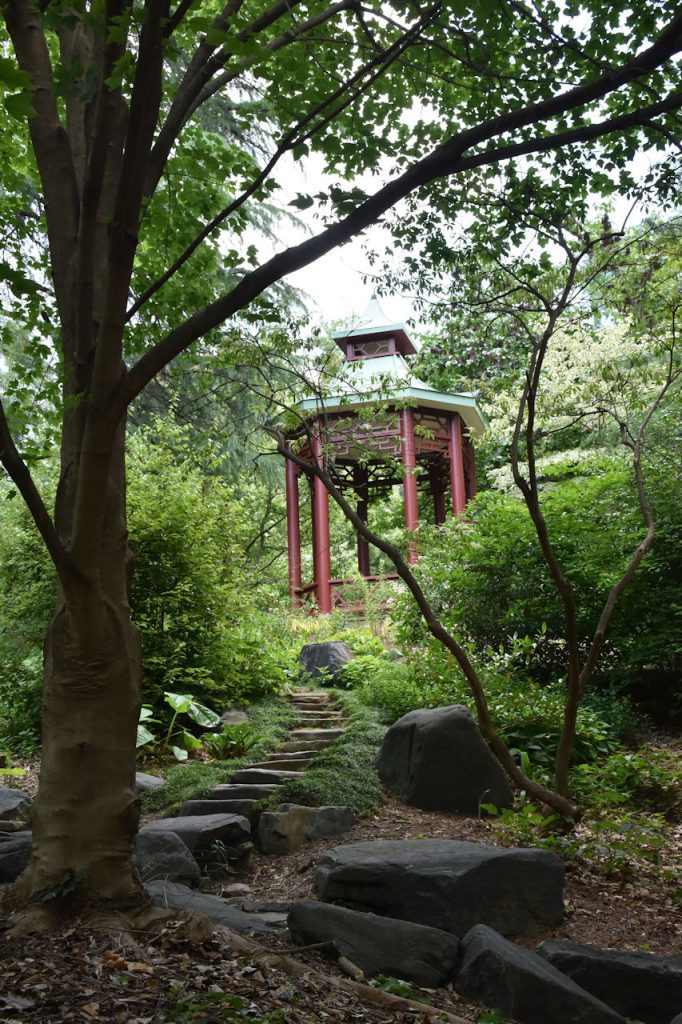
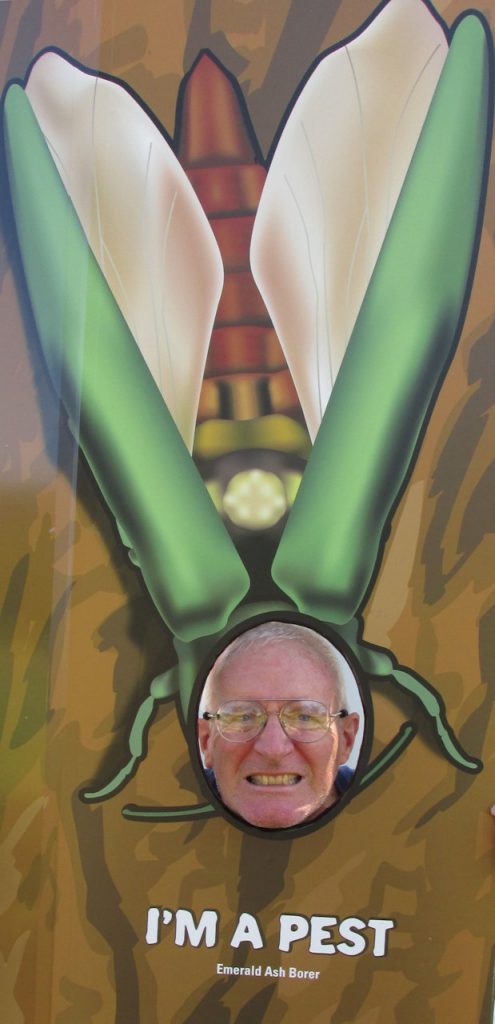
We had a great time exploring the U.S. National Arboretum. It was educational and interesting at the same time.
To find the Arboretum, take Exit 19 off the DC Beltway (on the east side of town) and take Rt 50 east about 7 miles.
There are detailed directions on the Arboretum website: https://www.usna.usda.gov/
